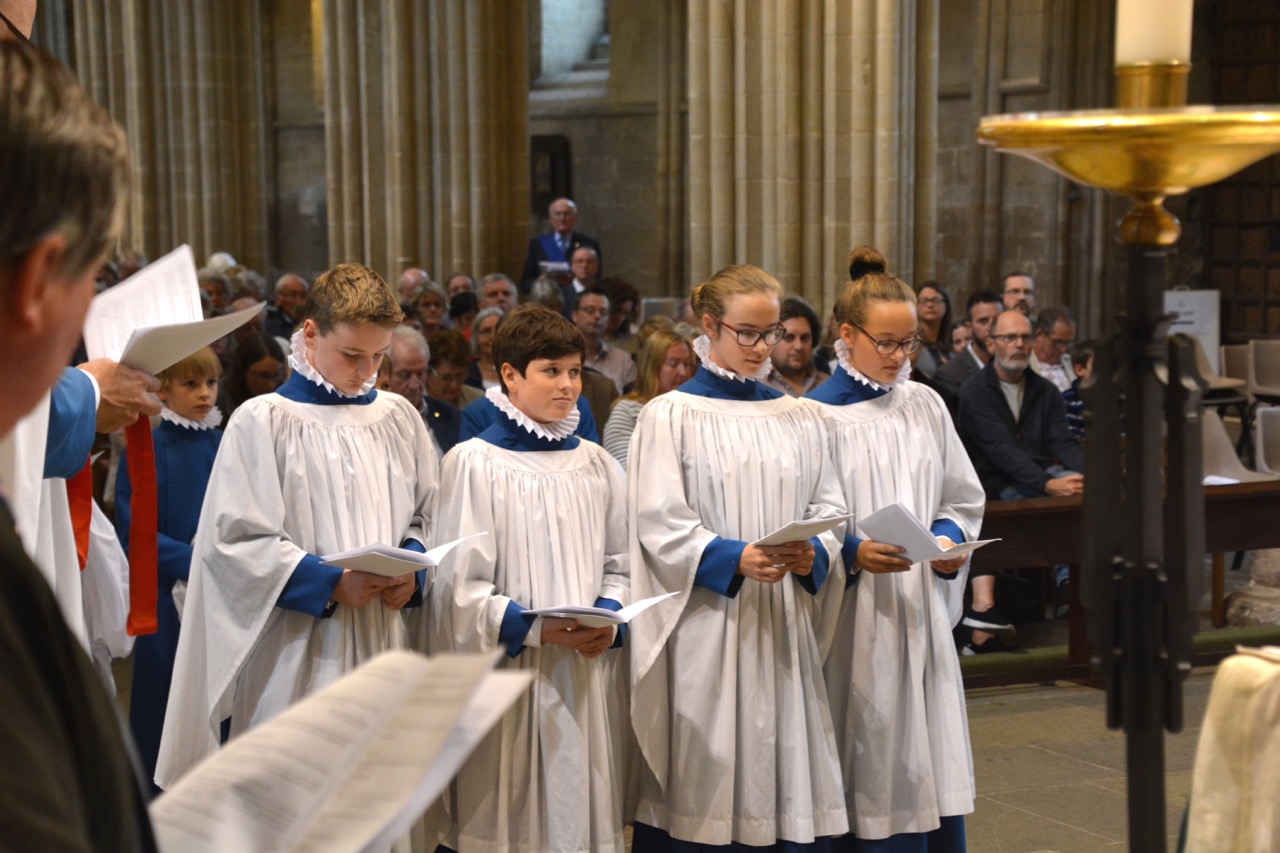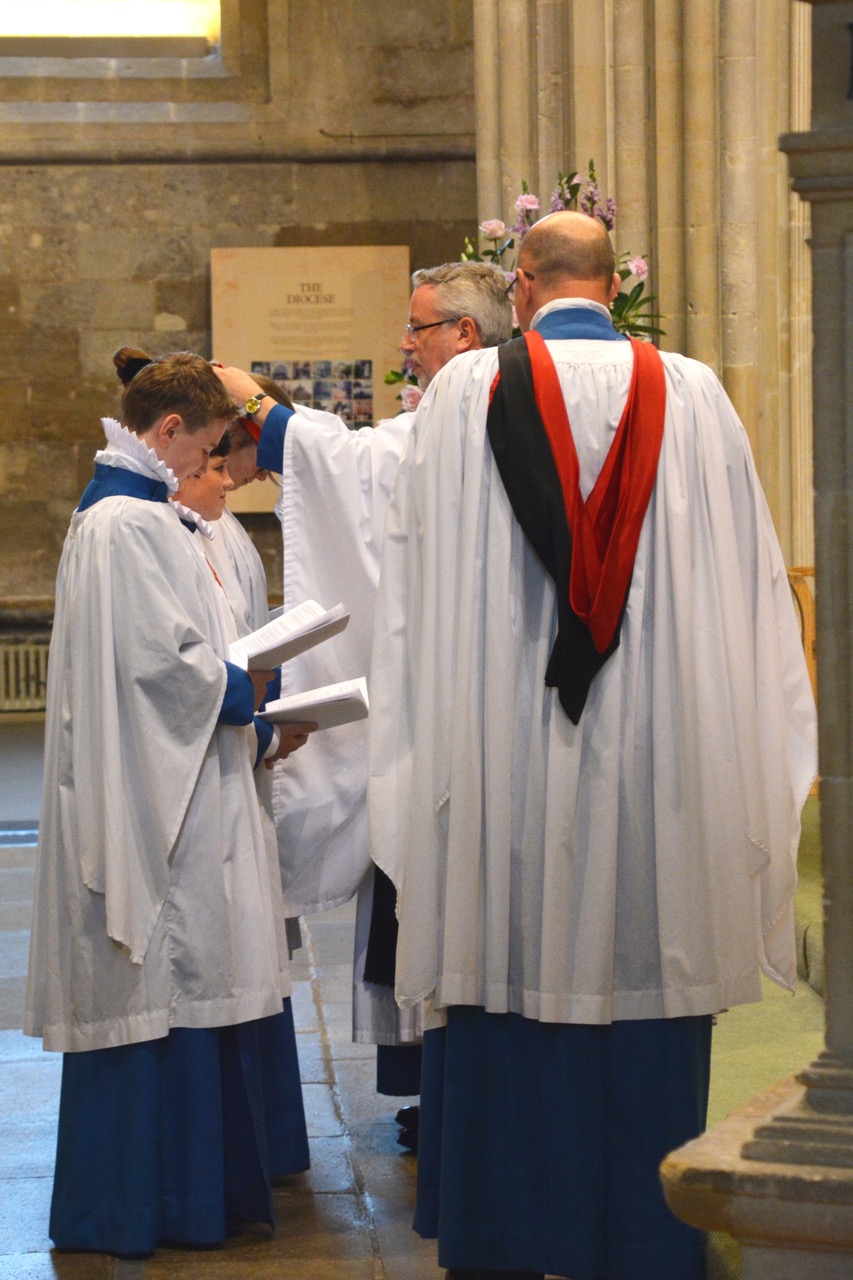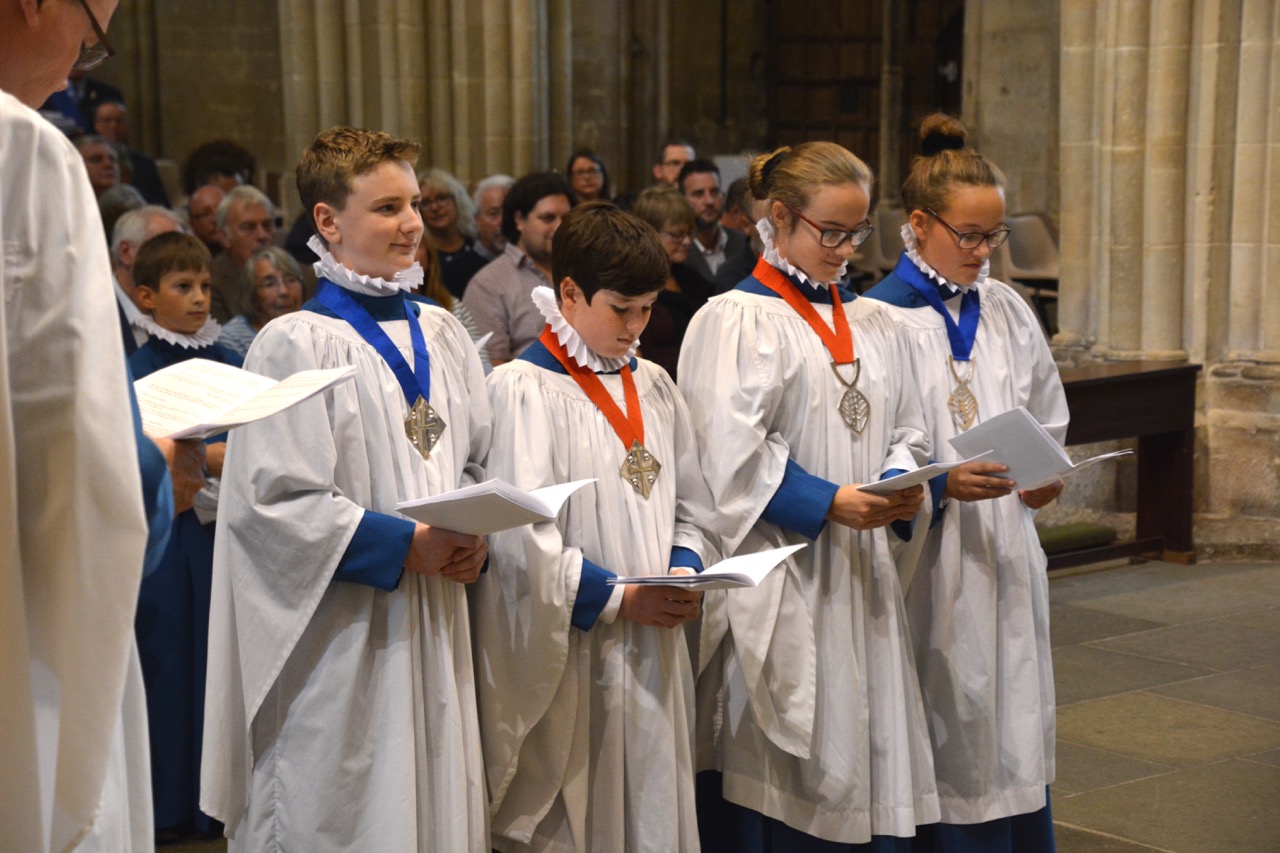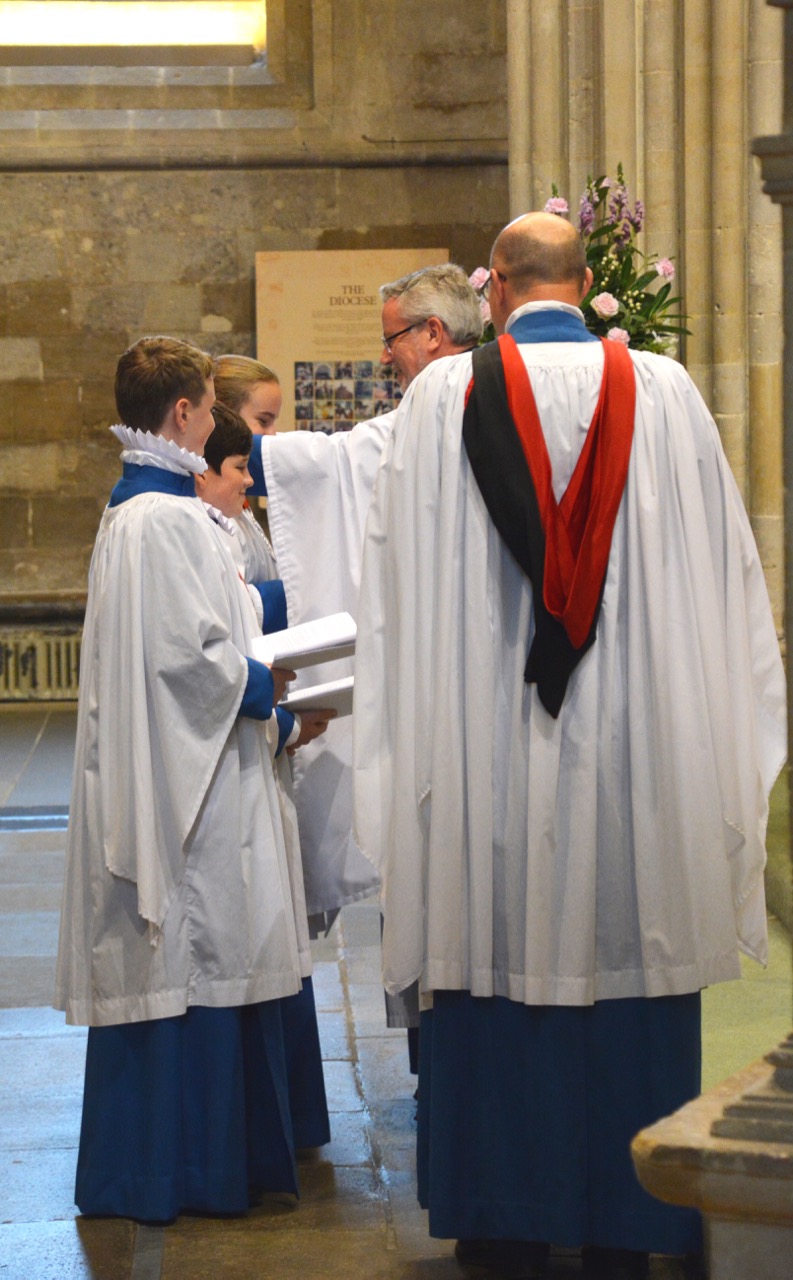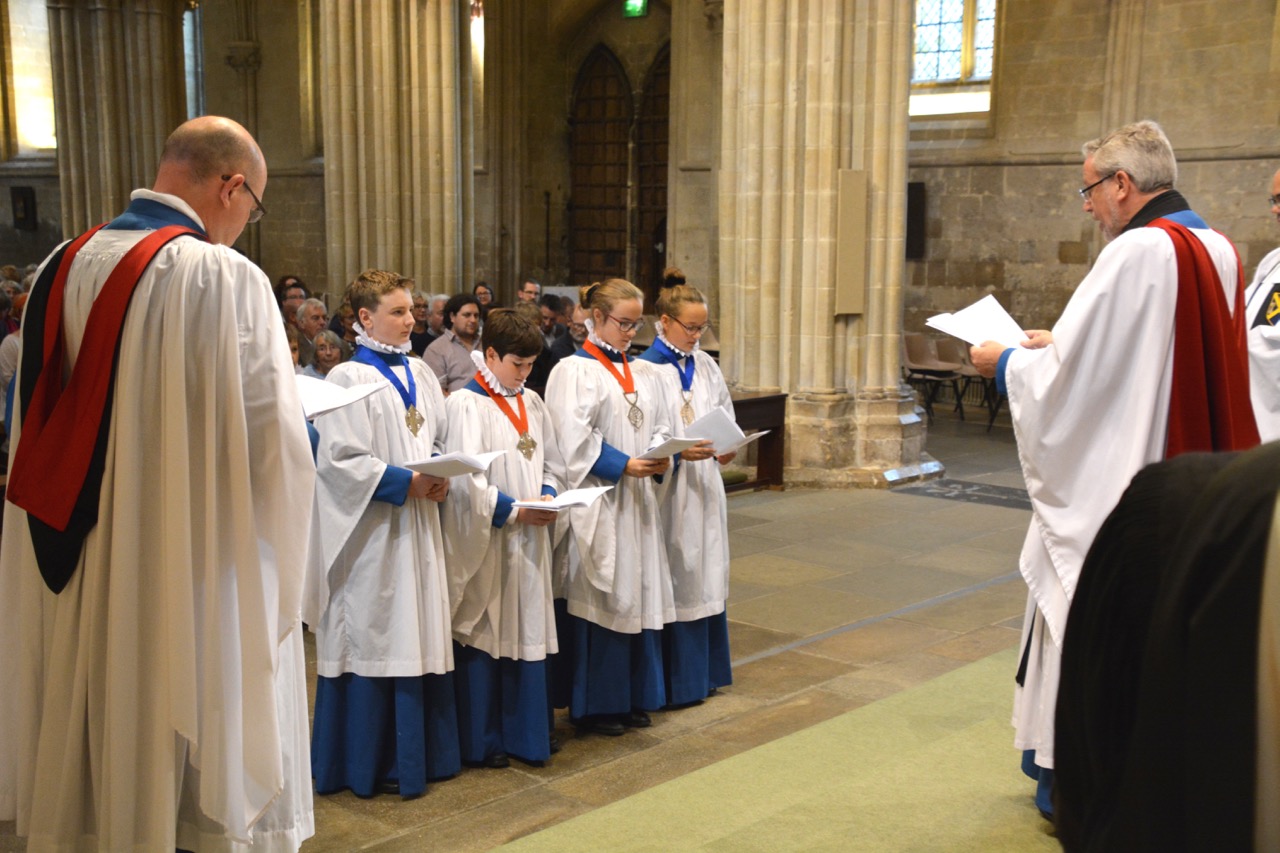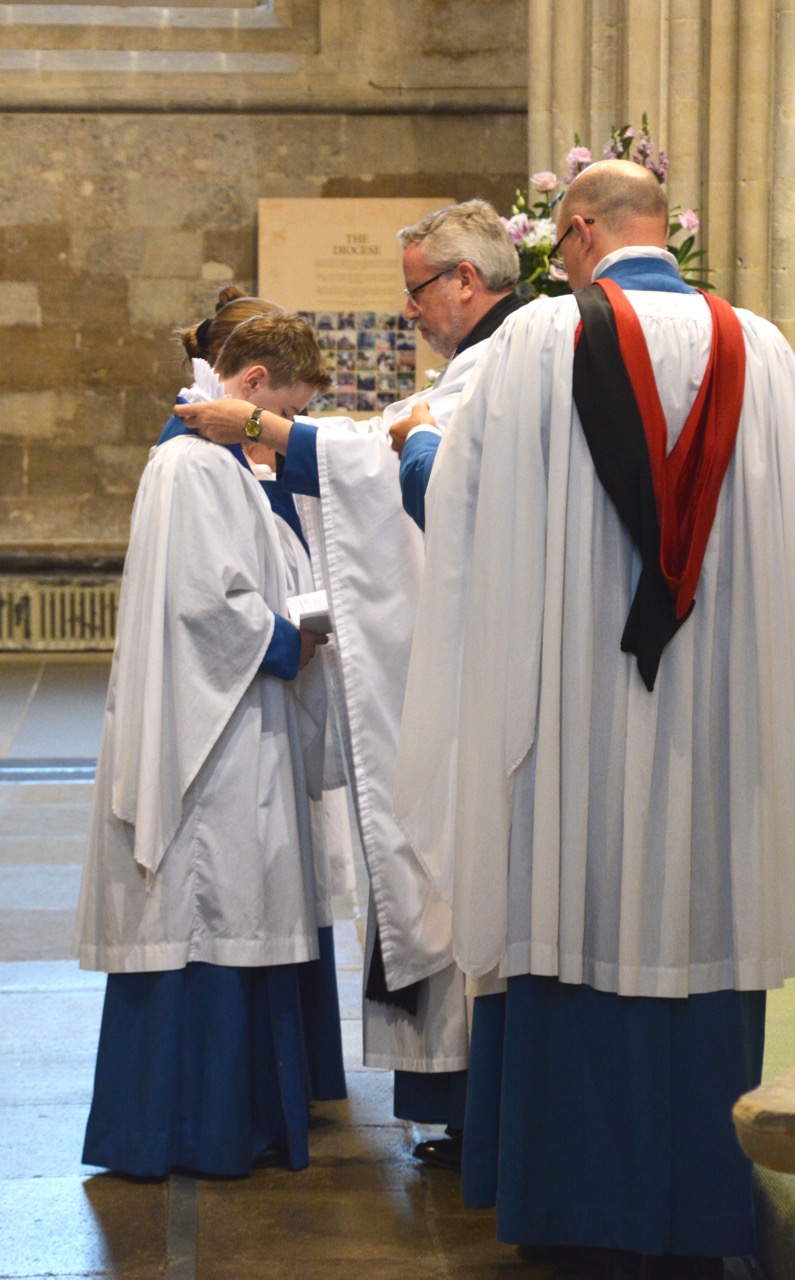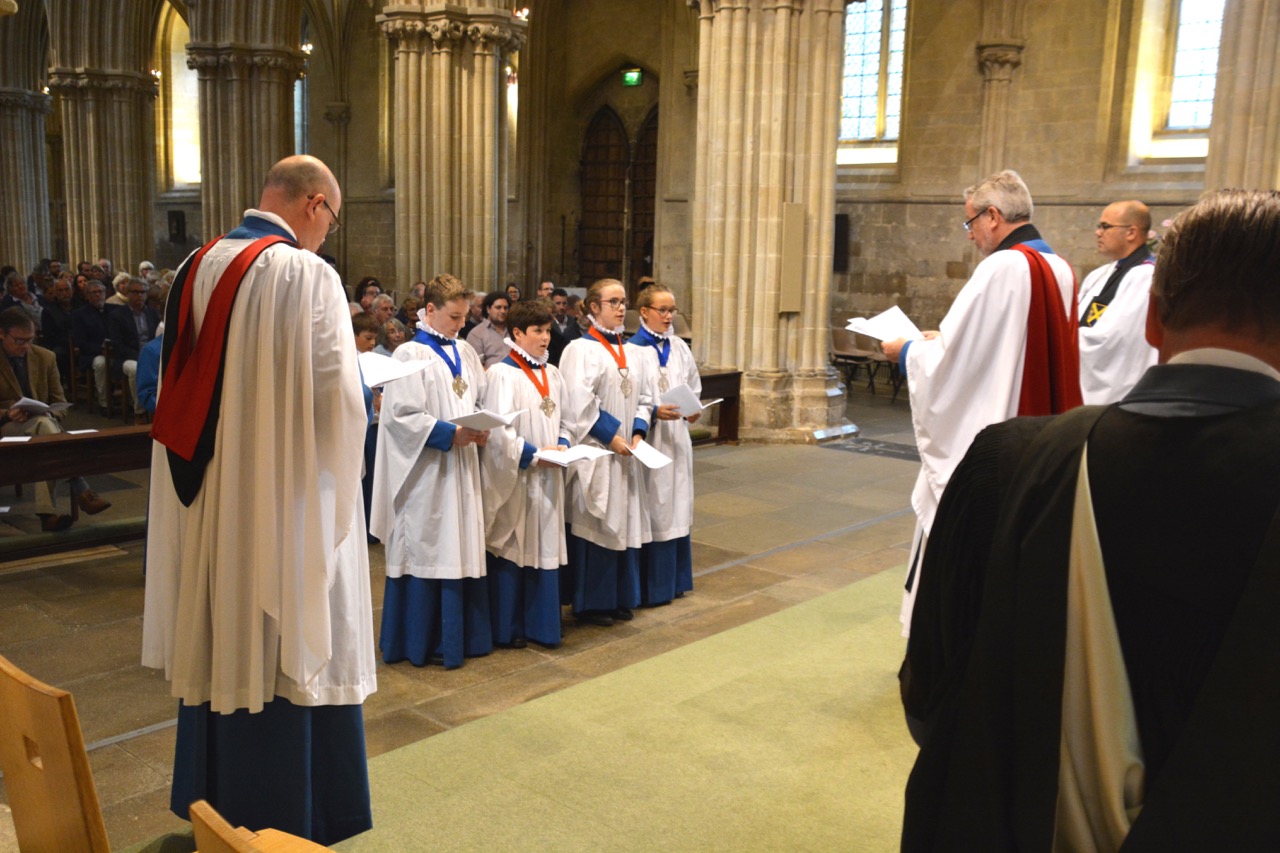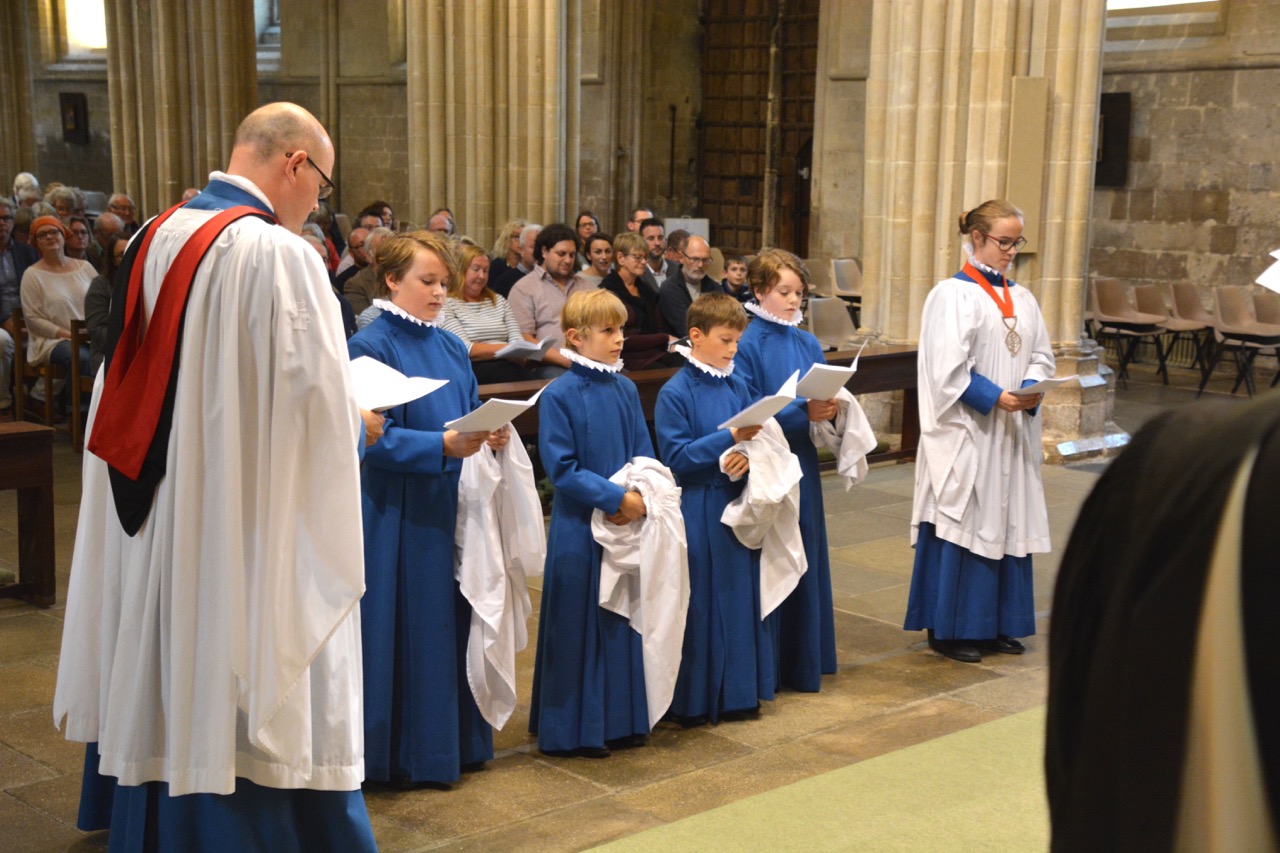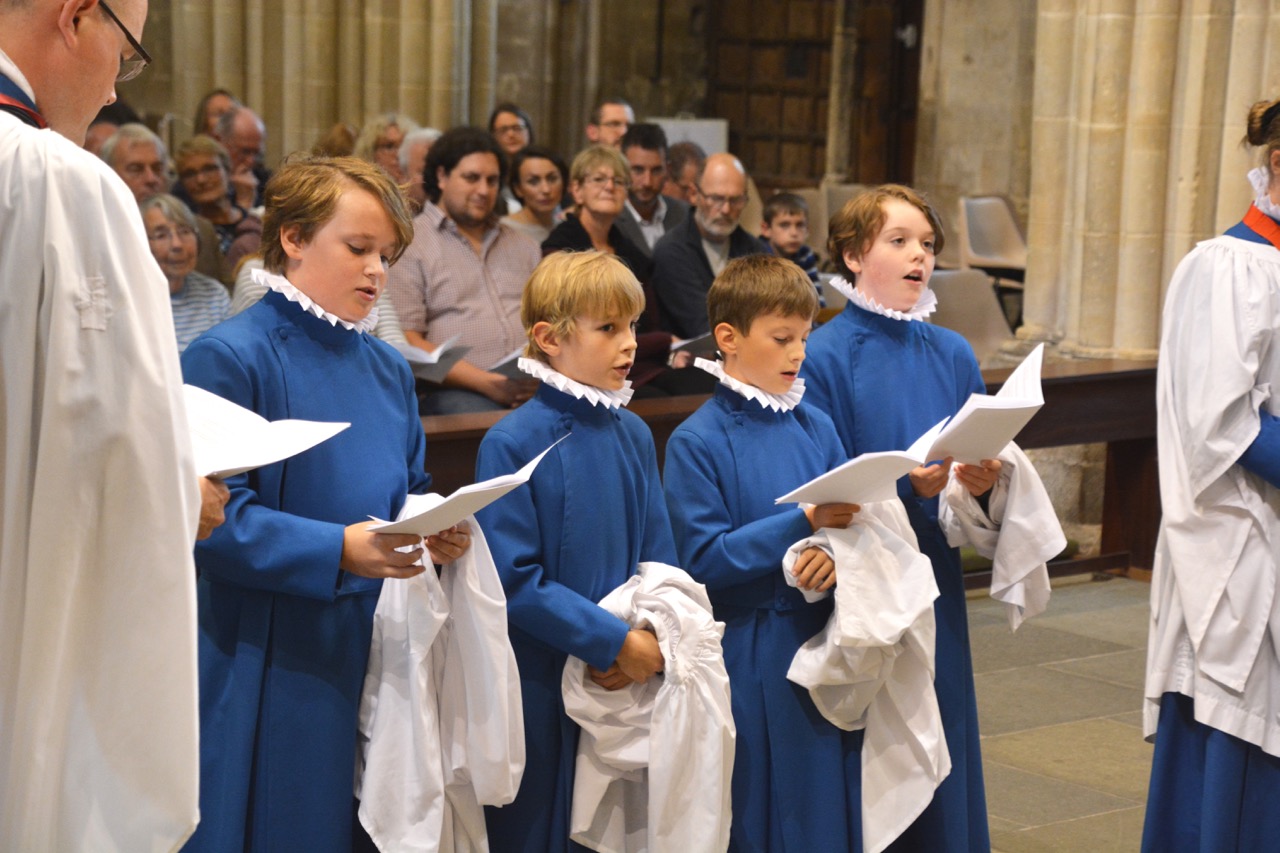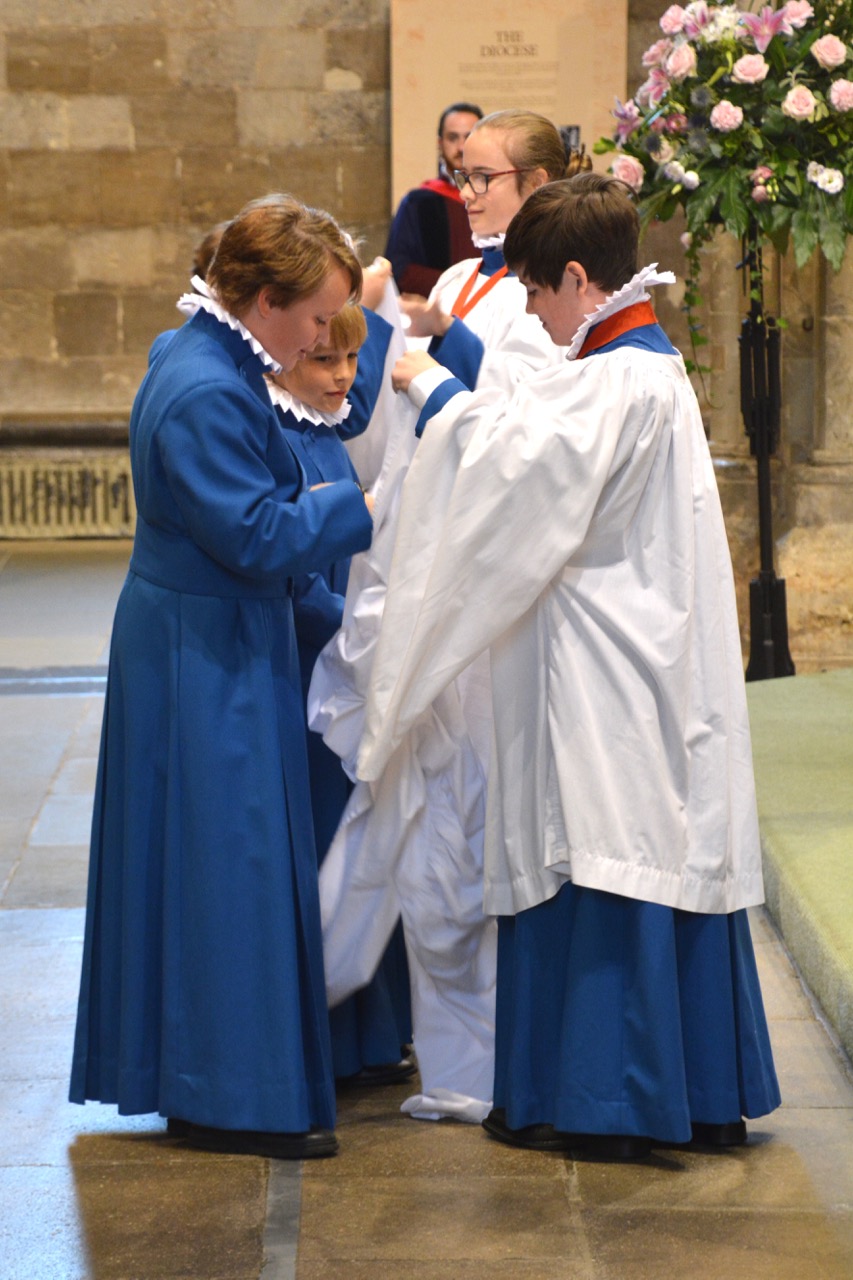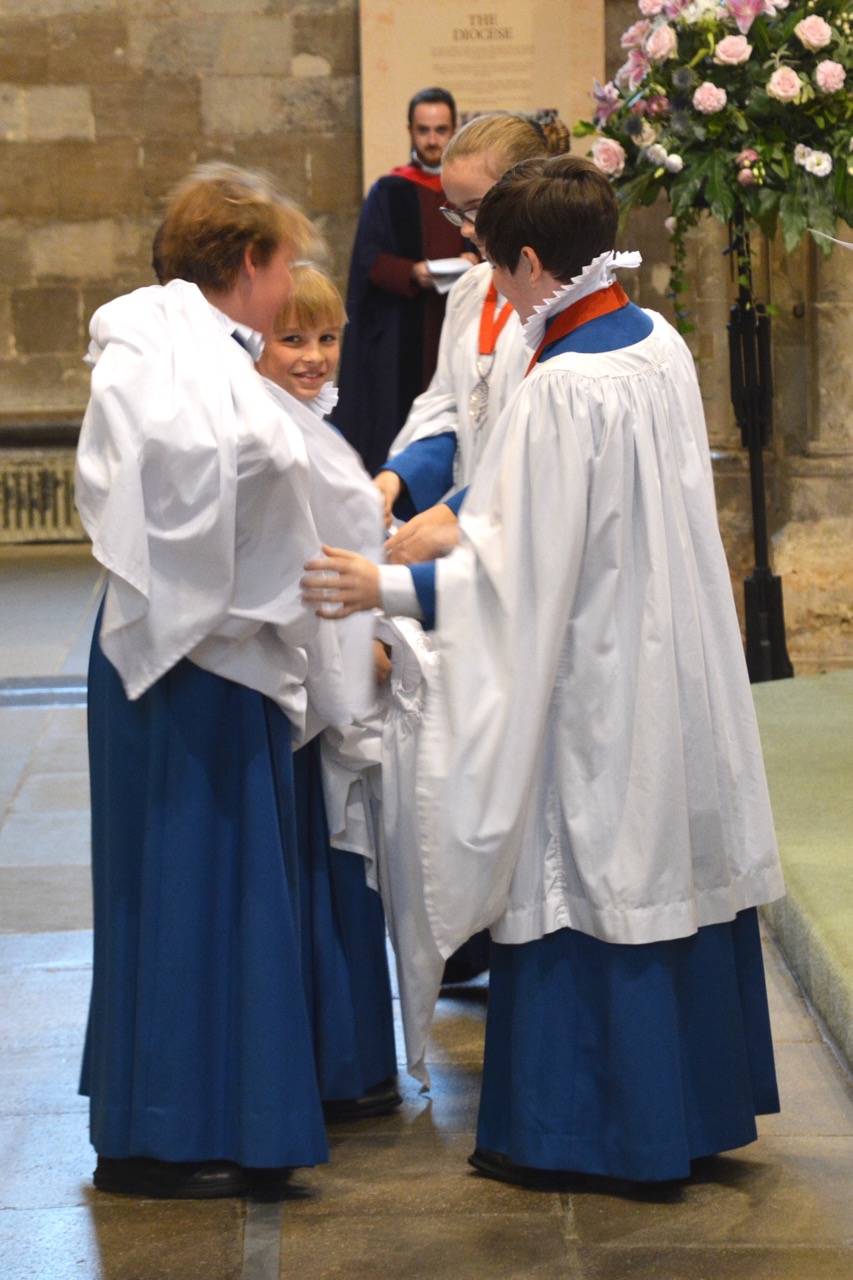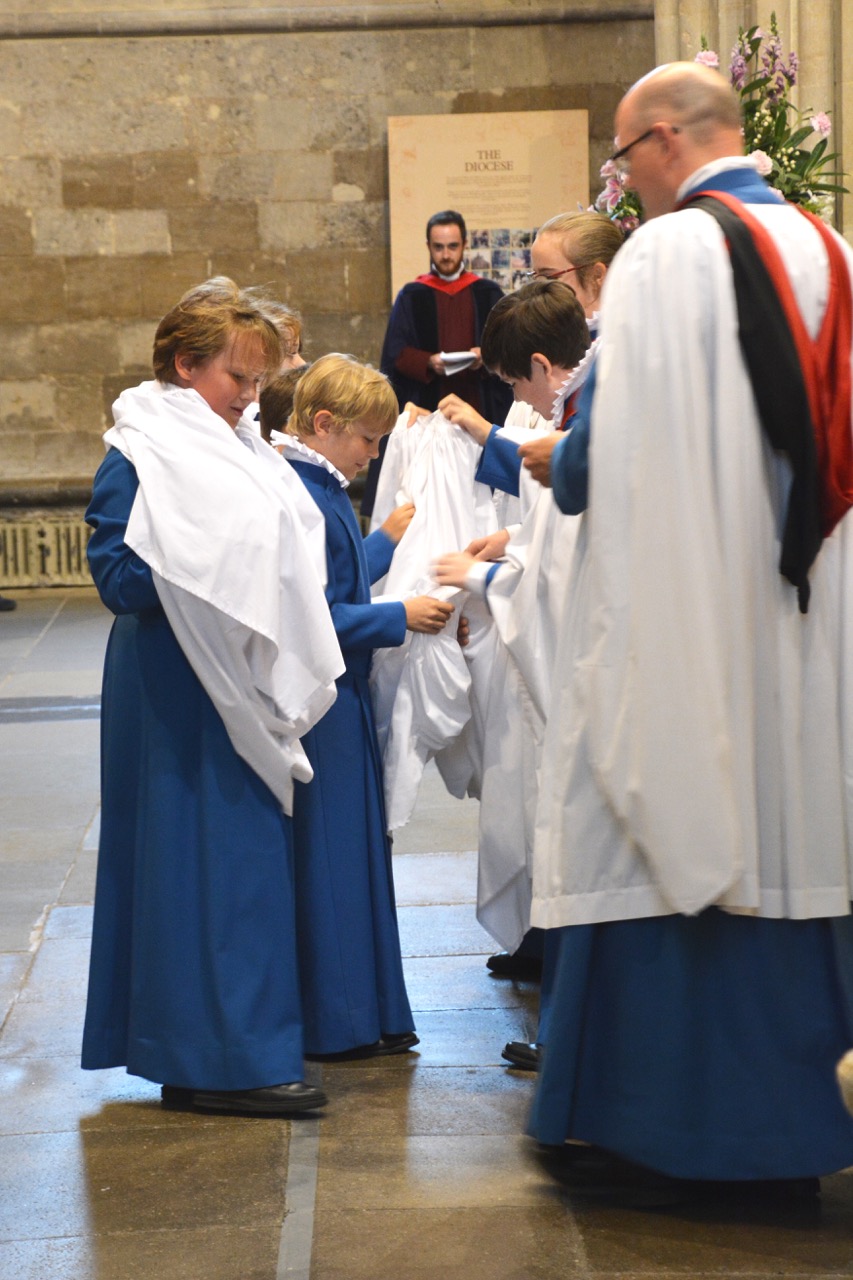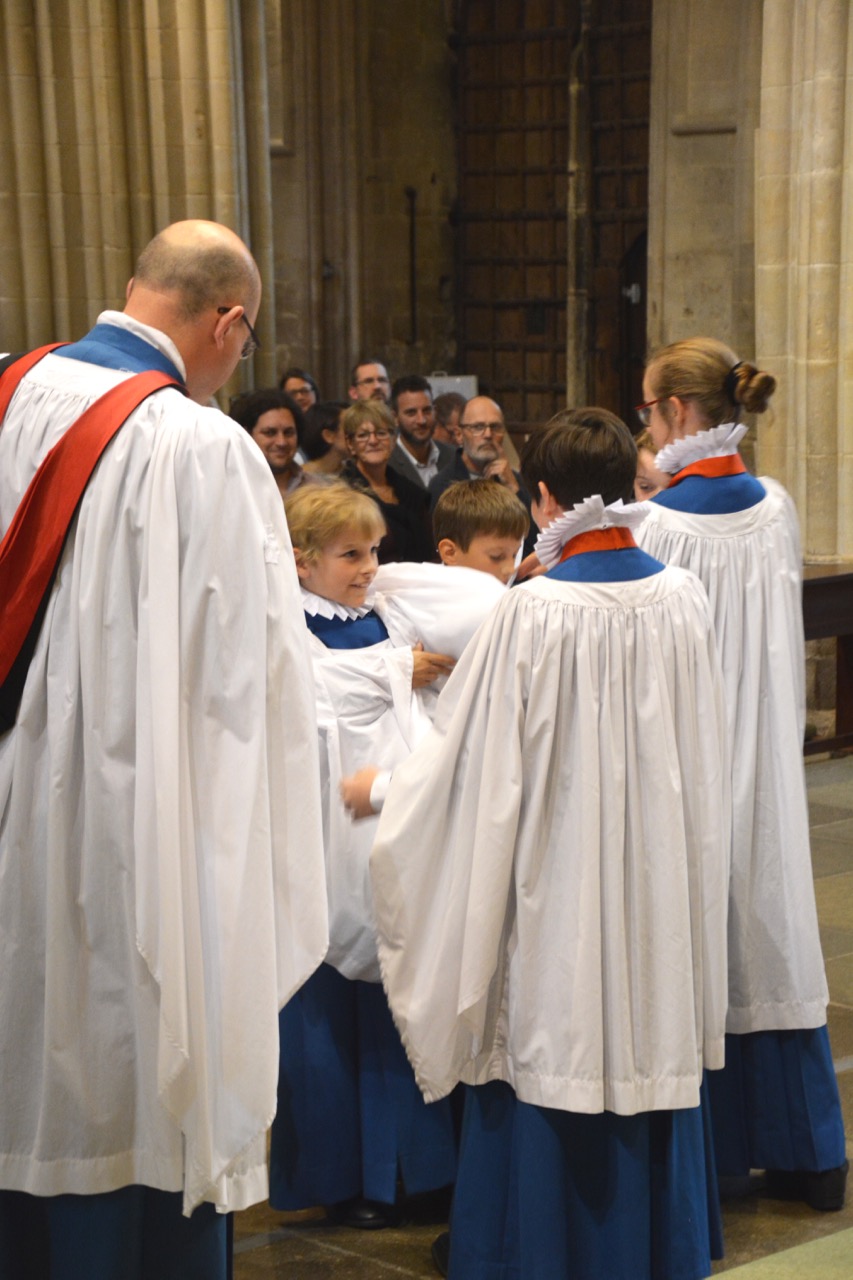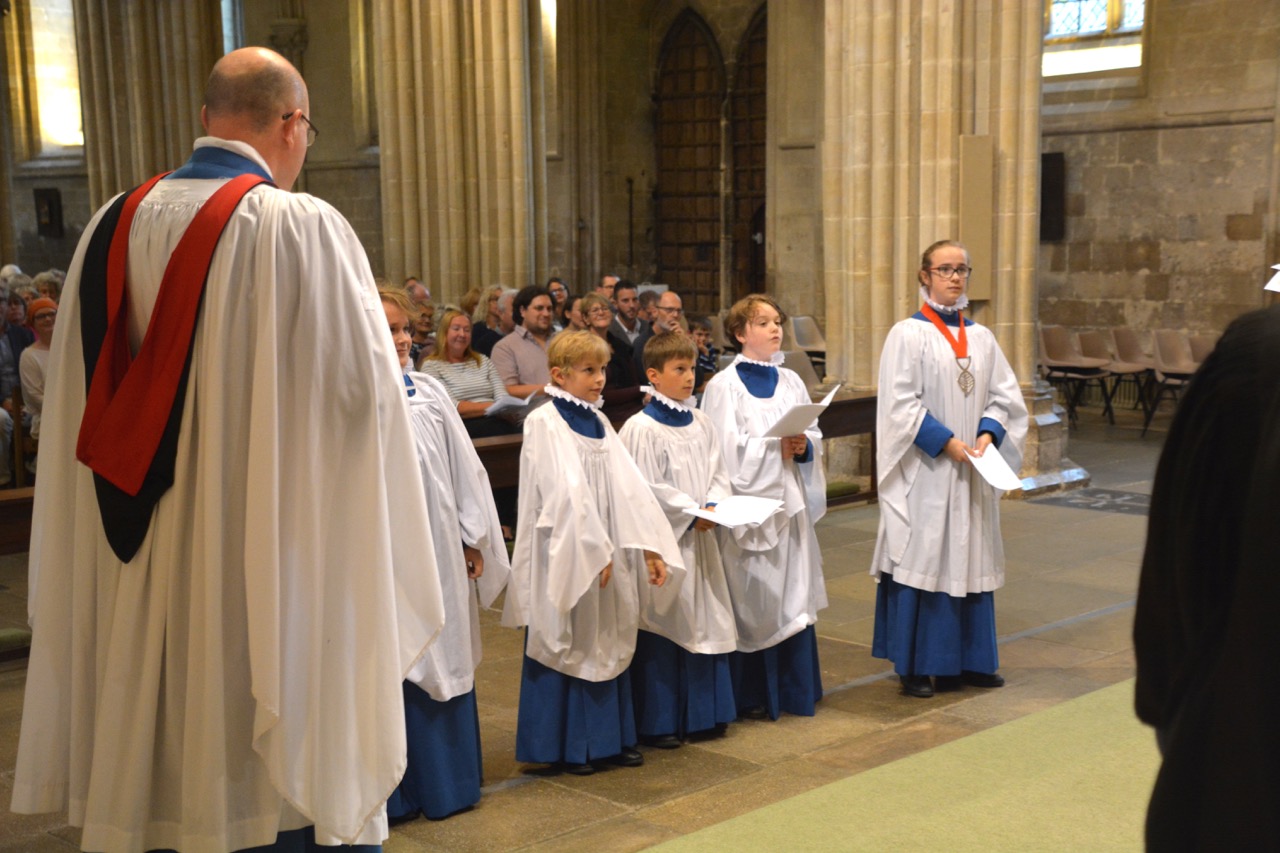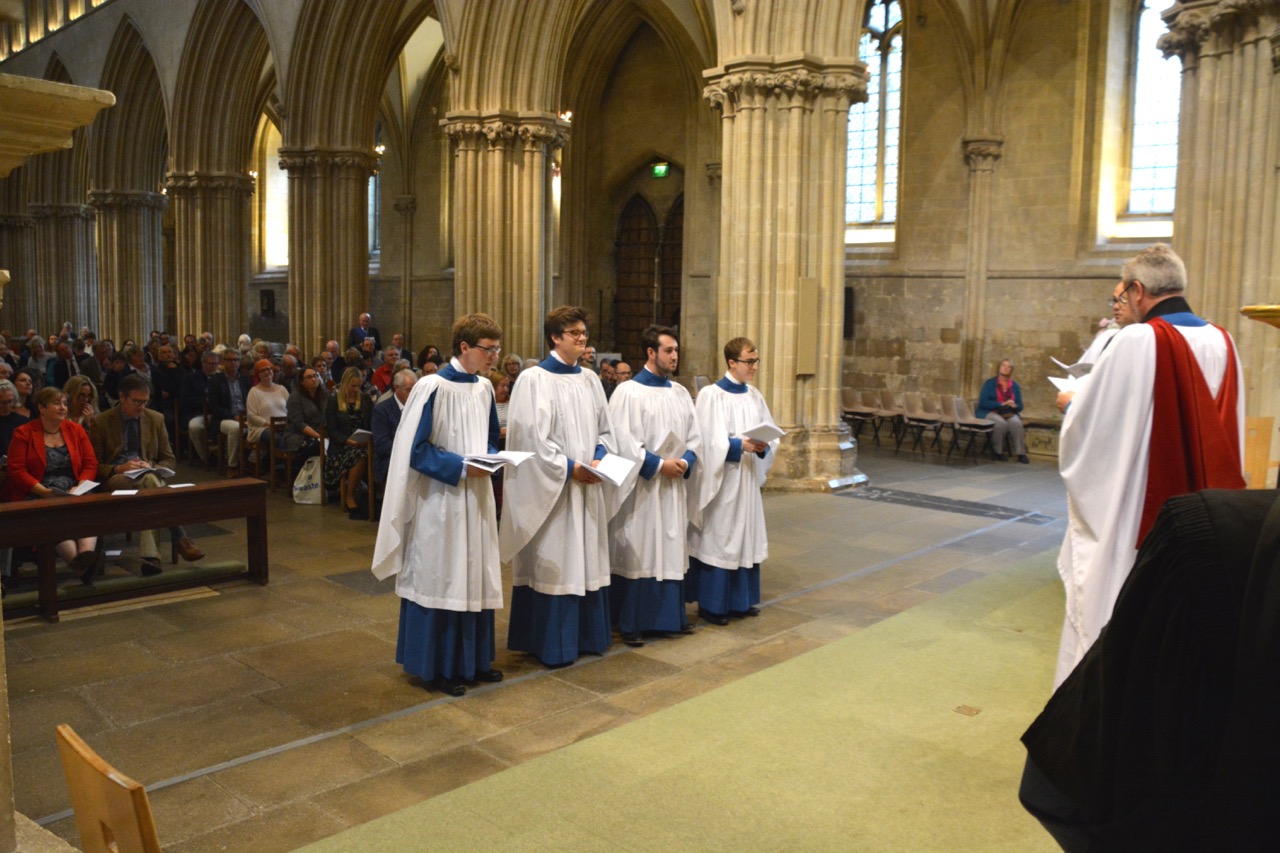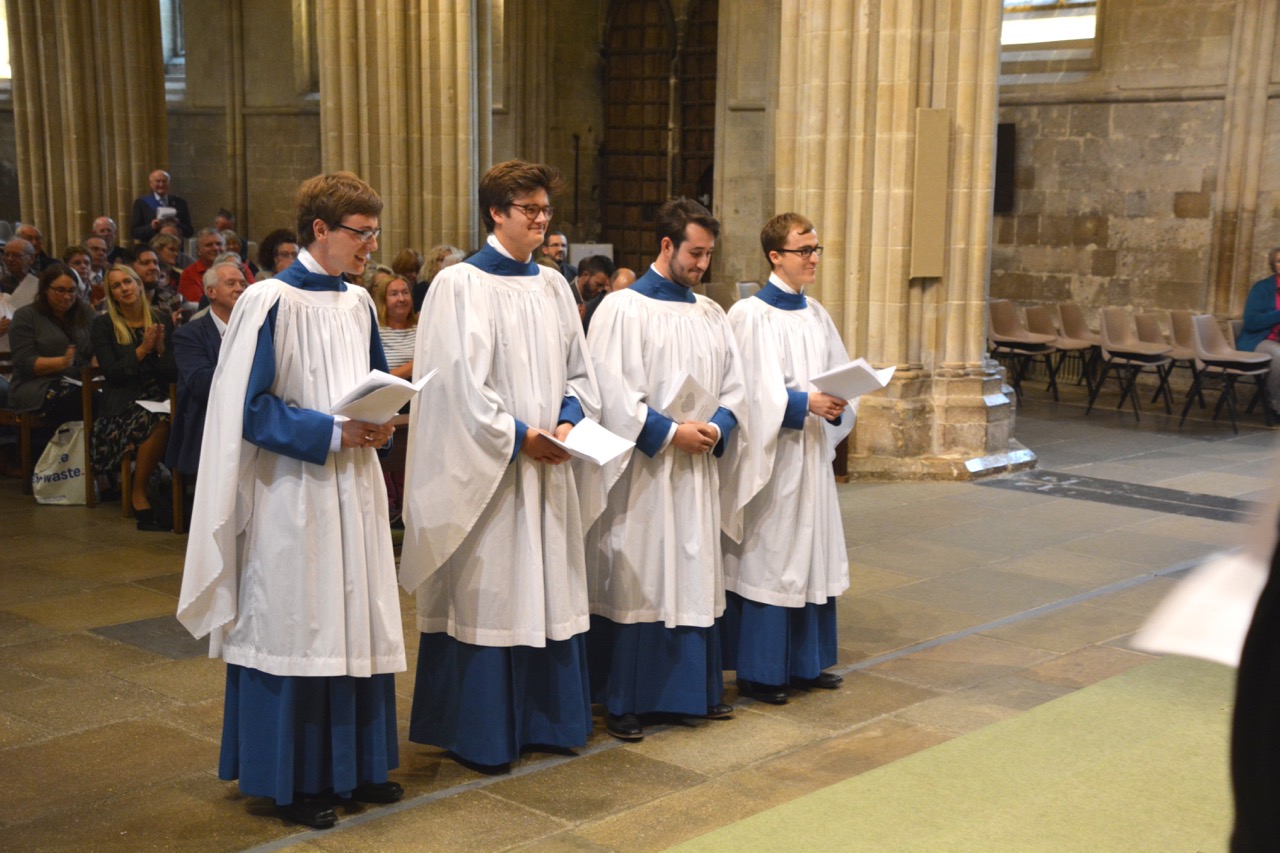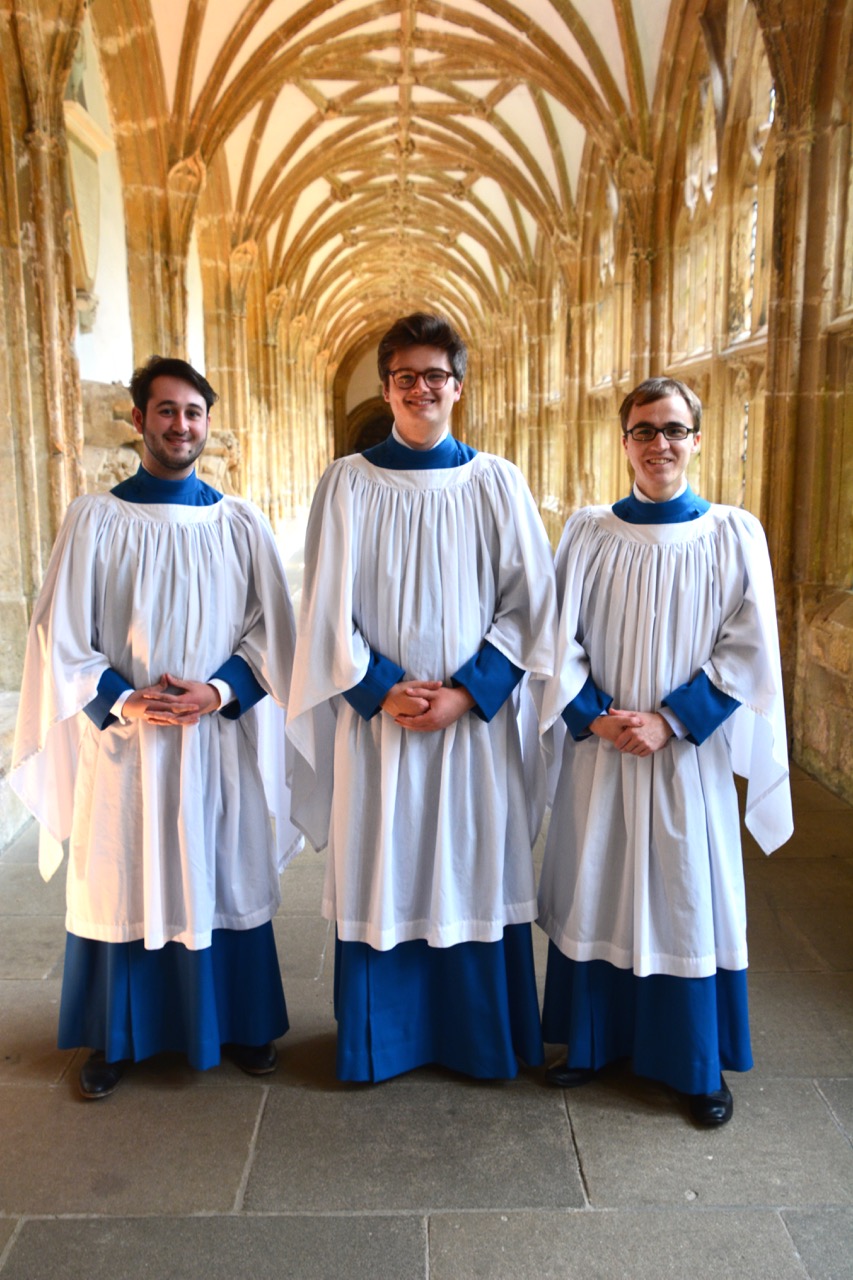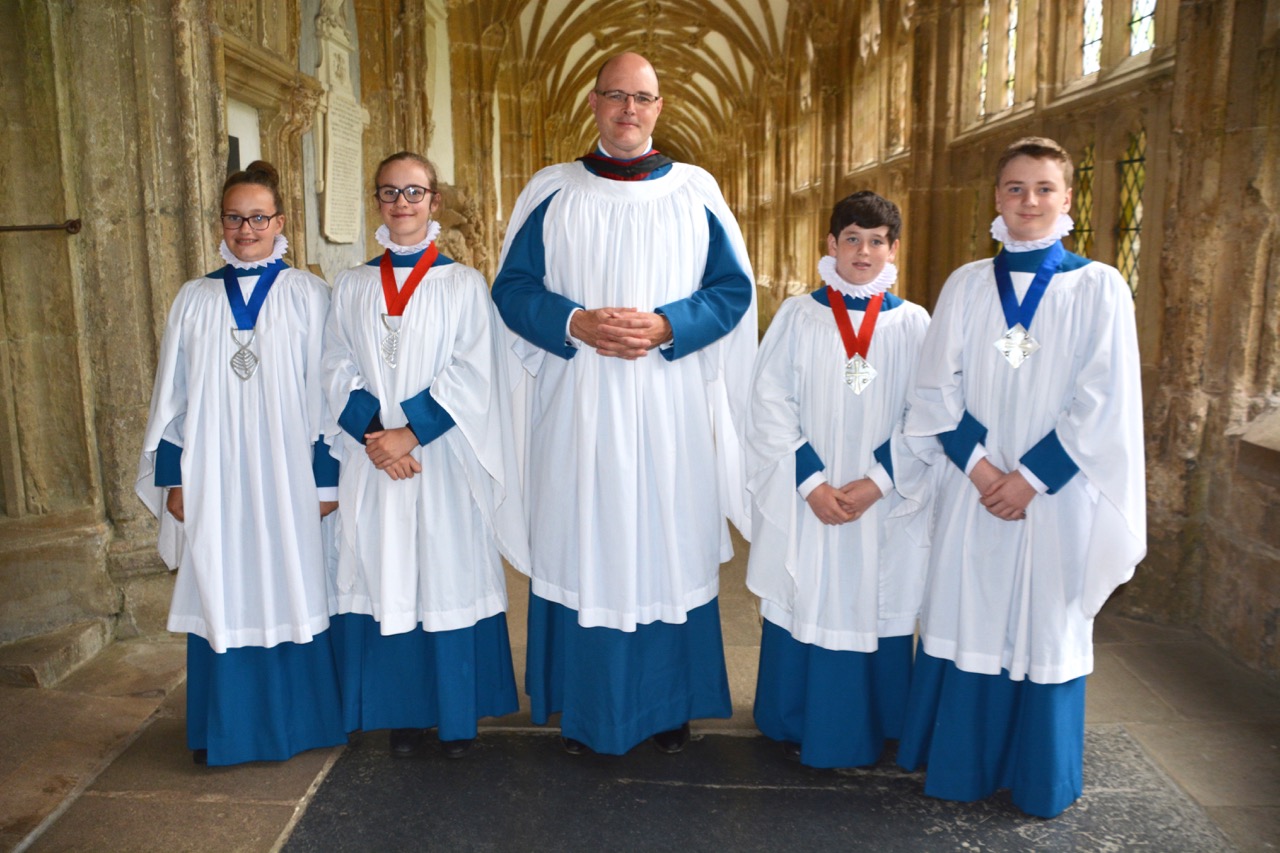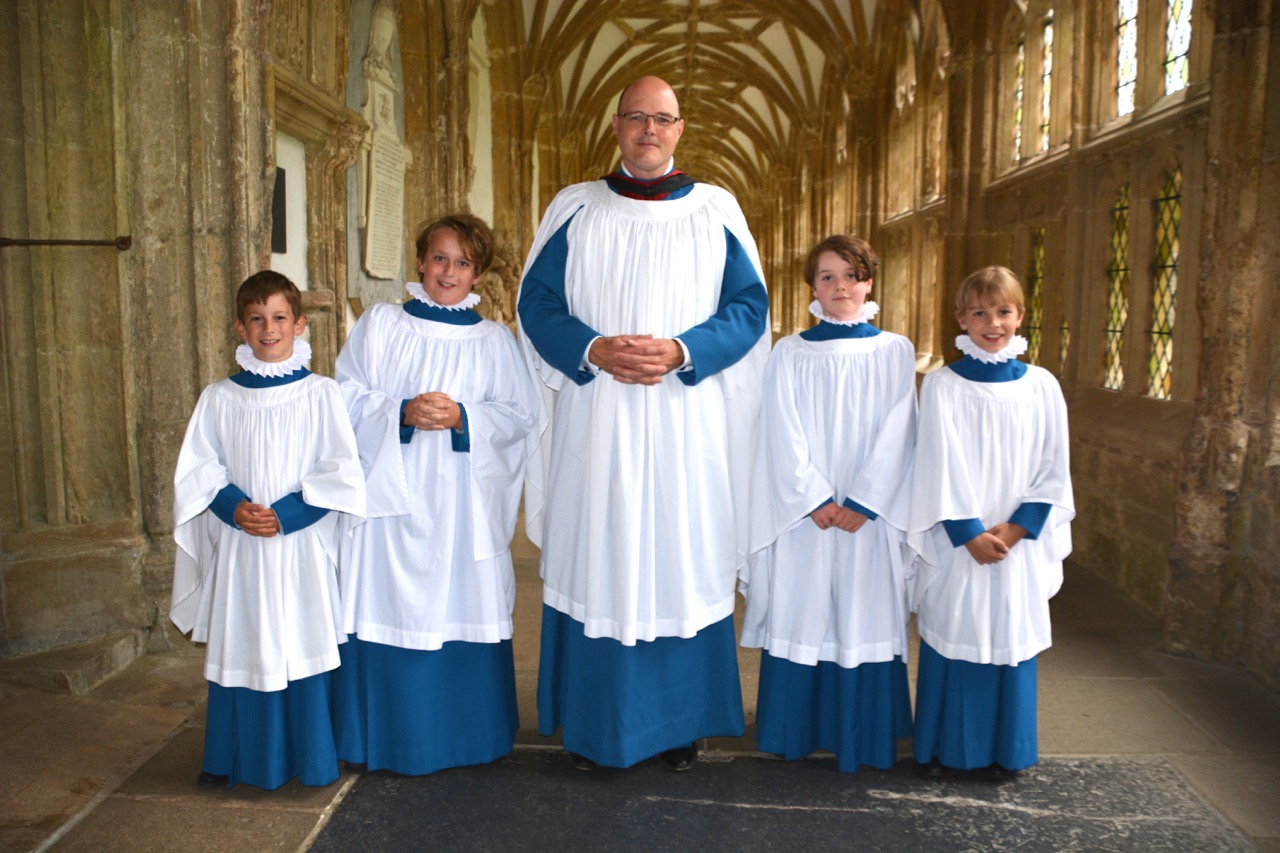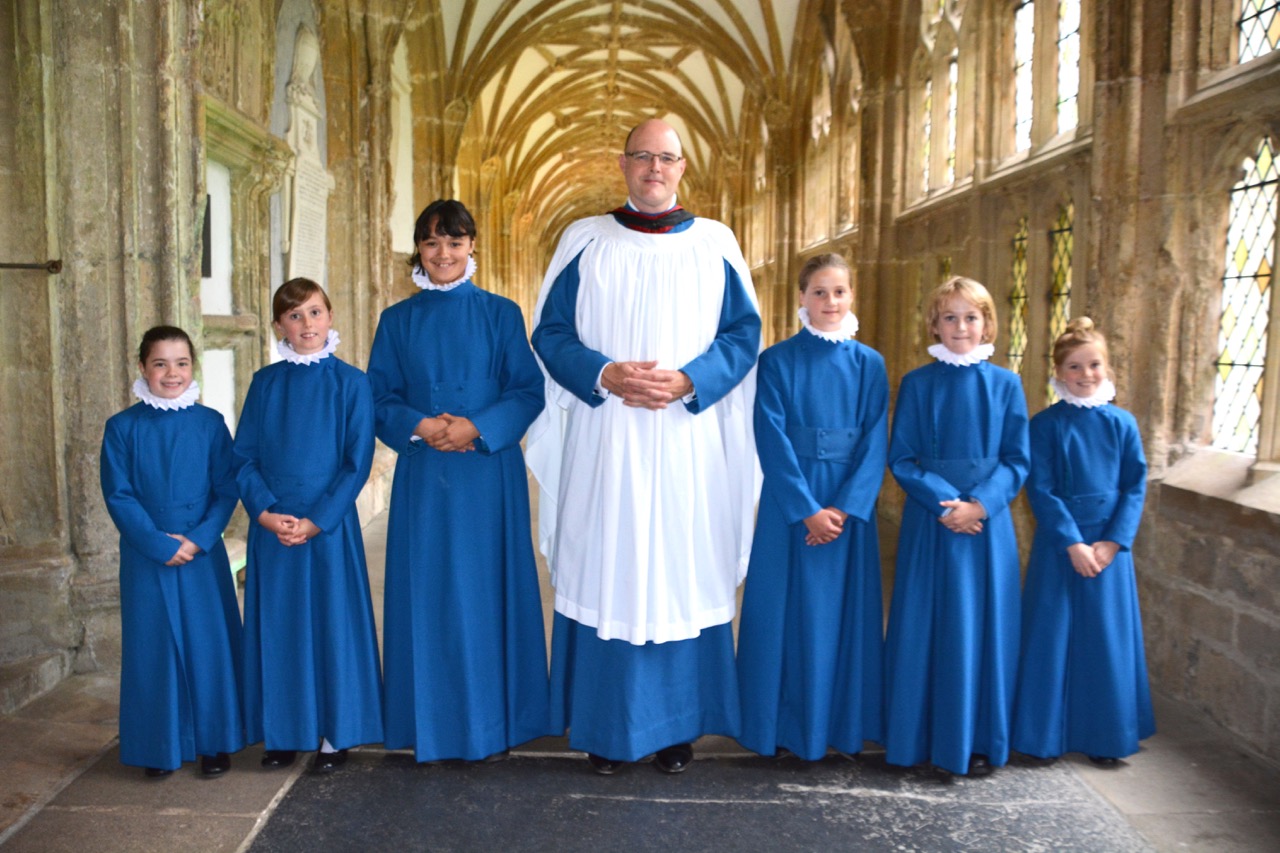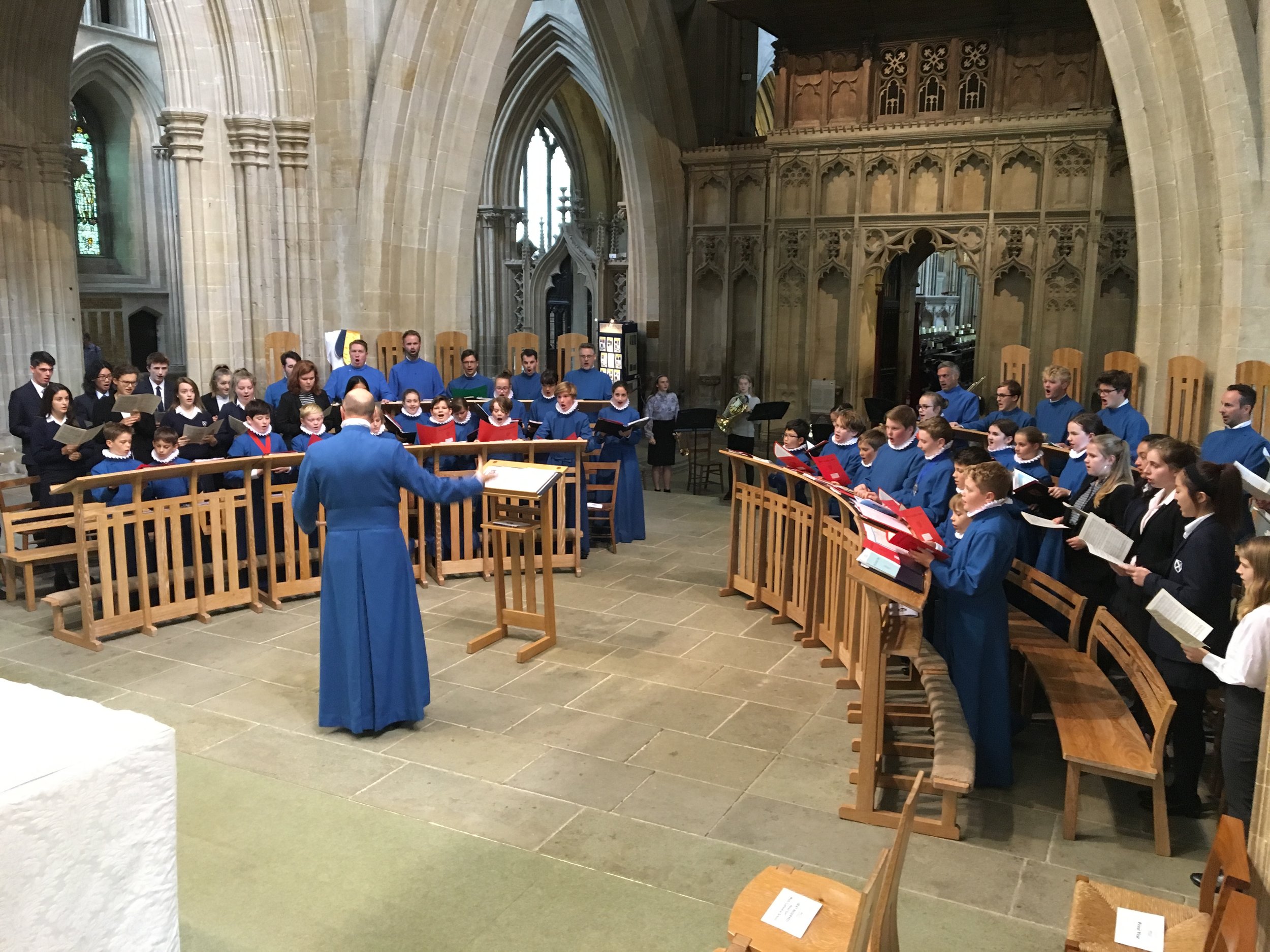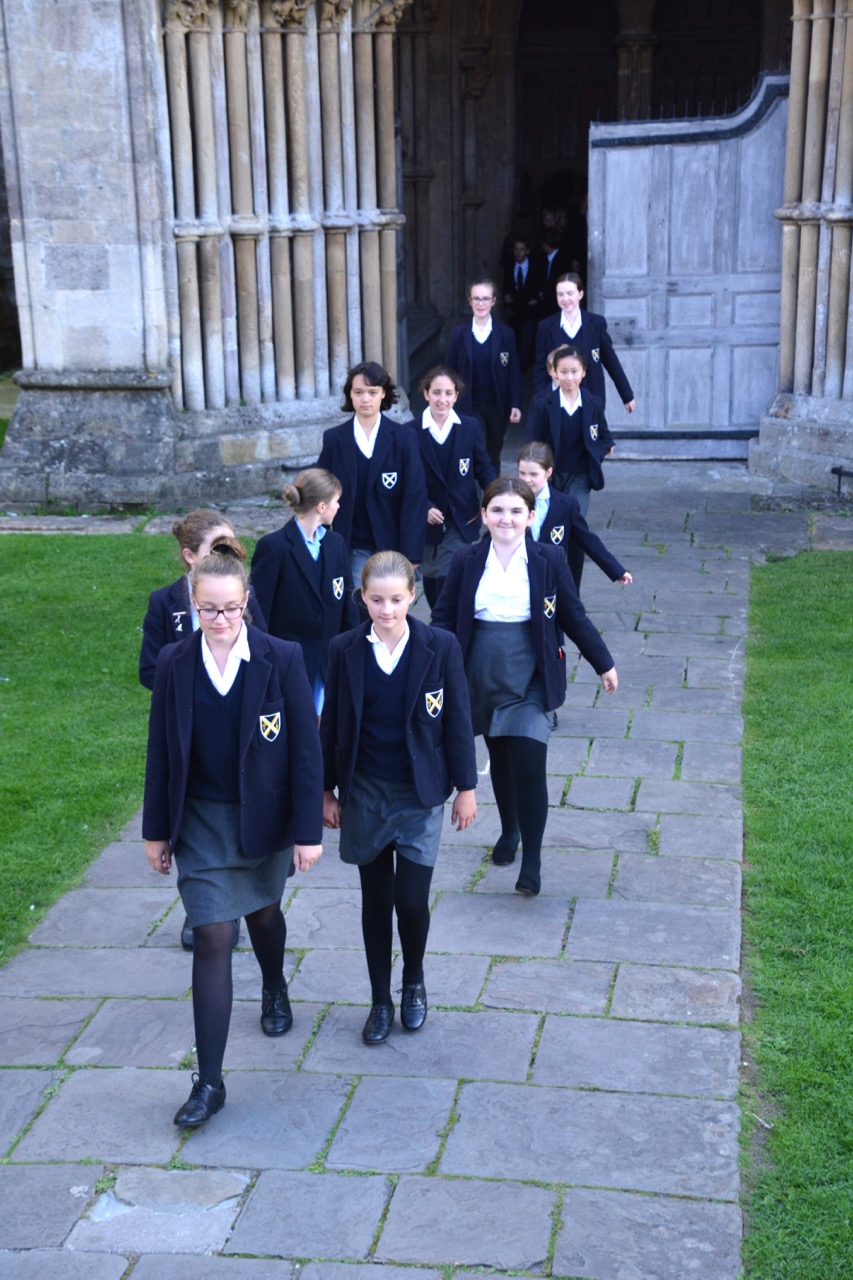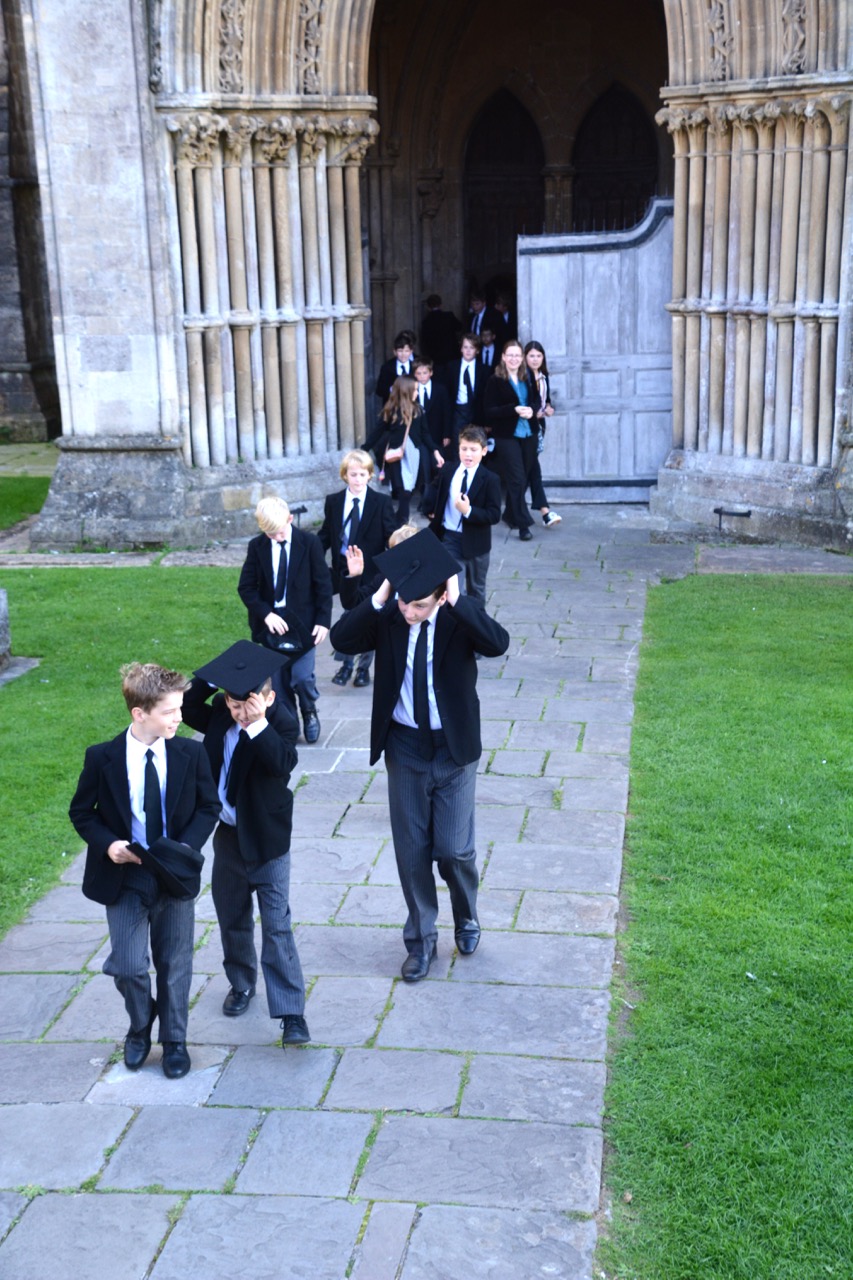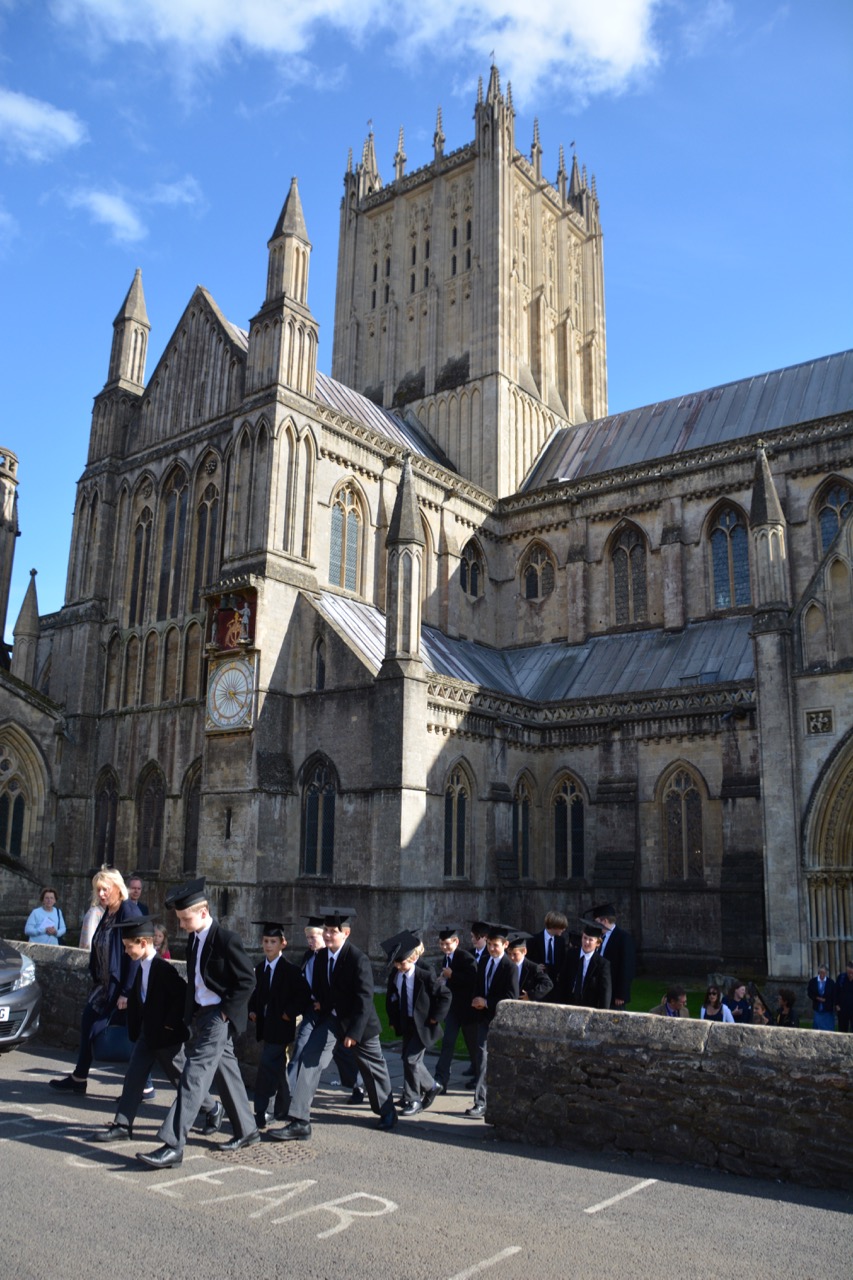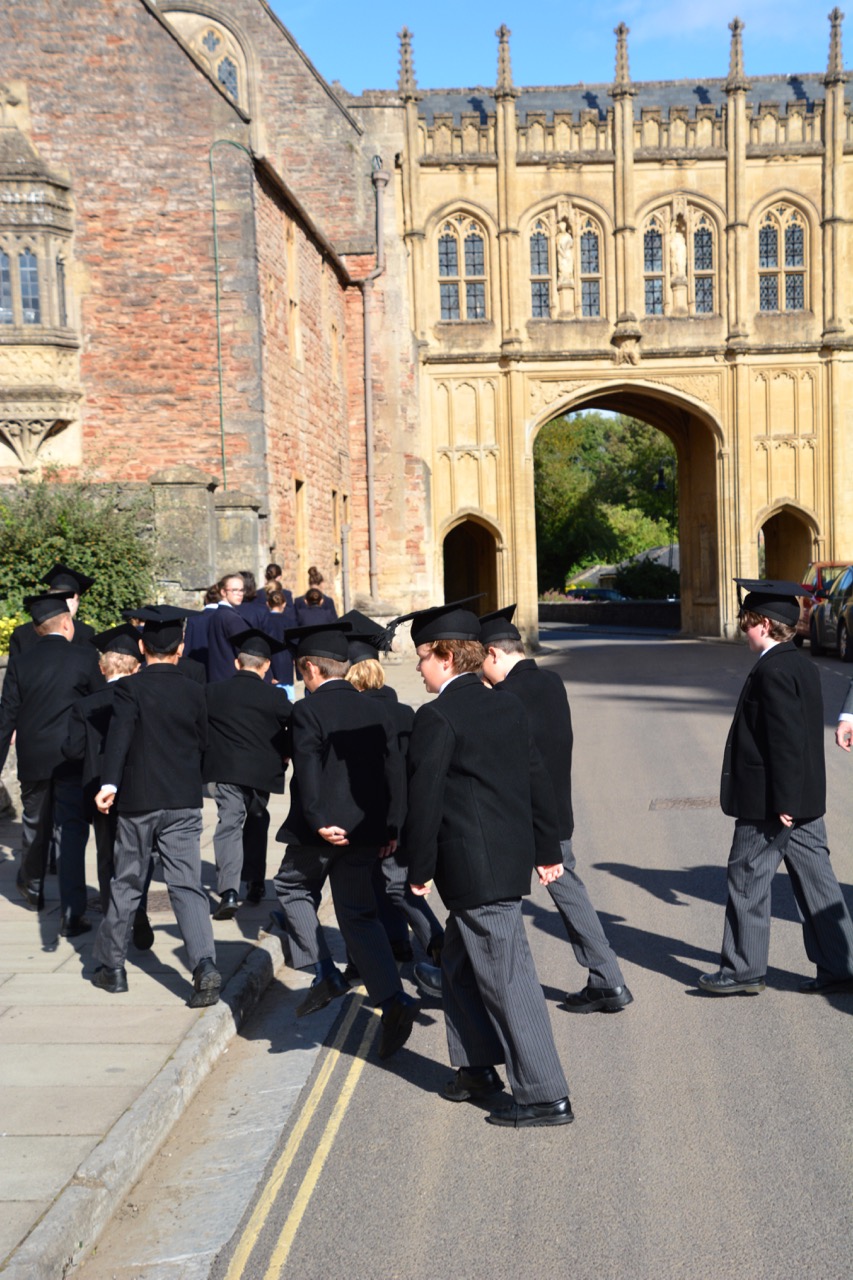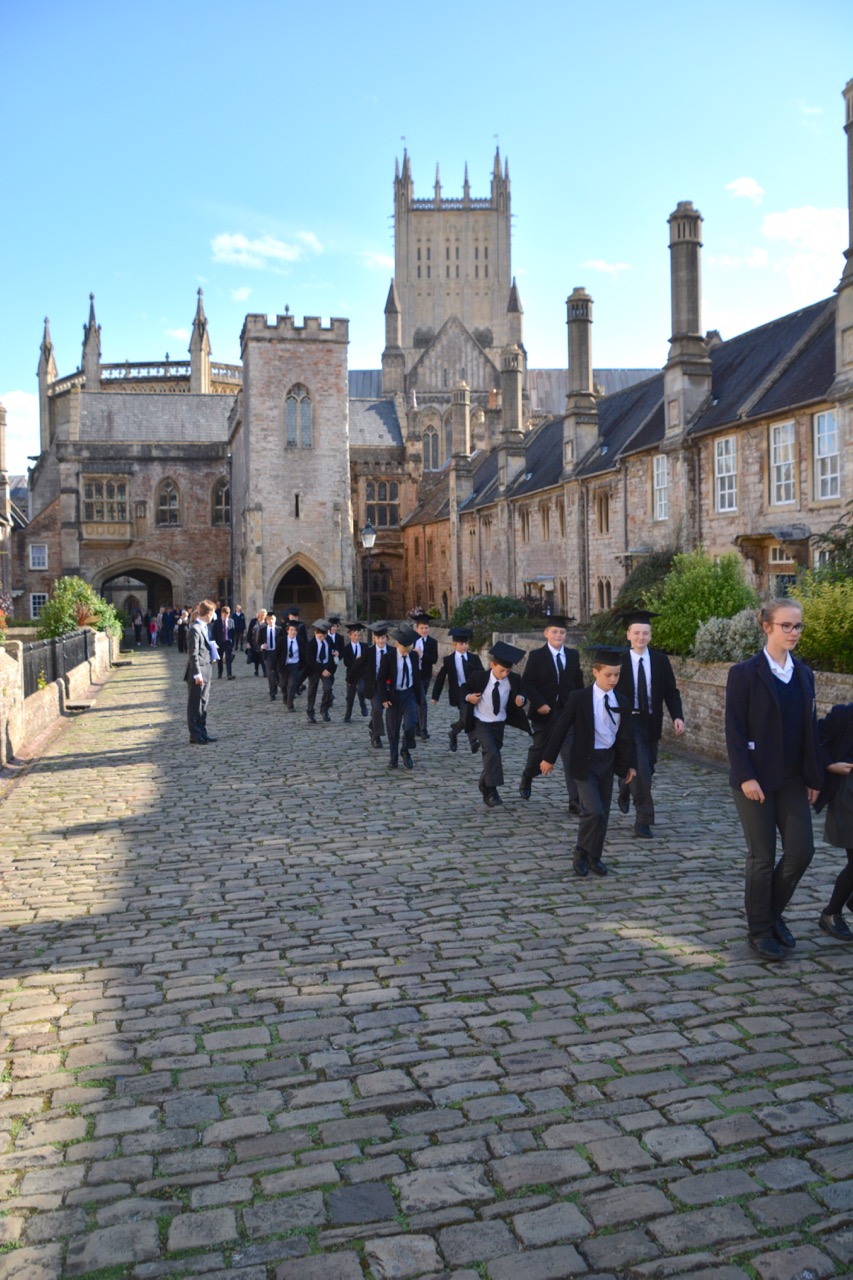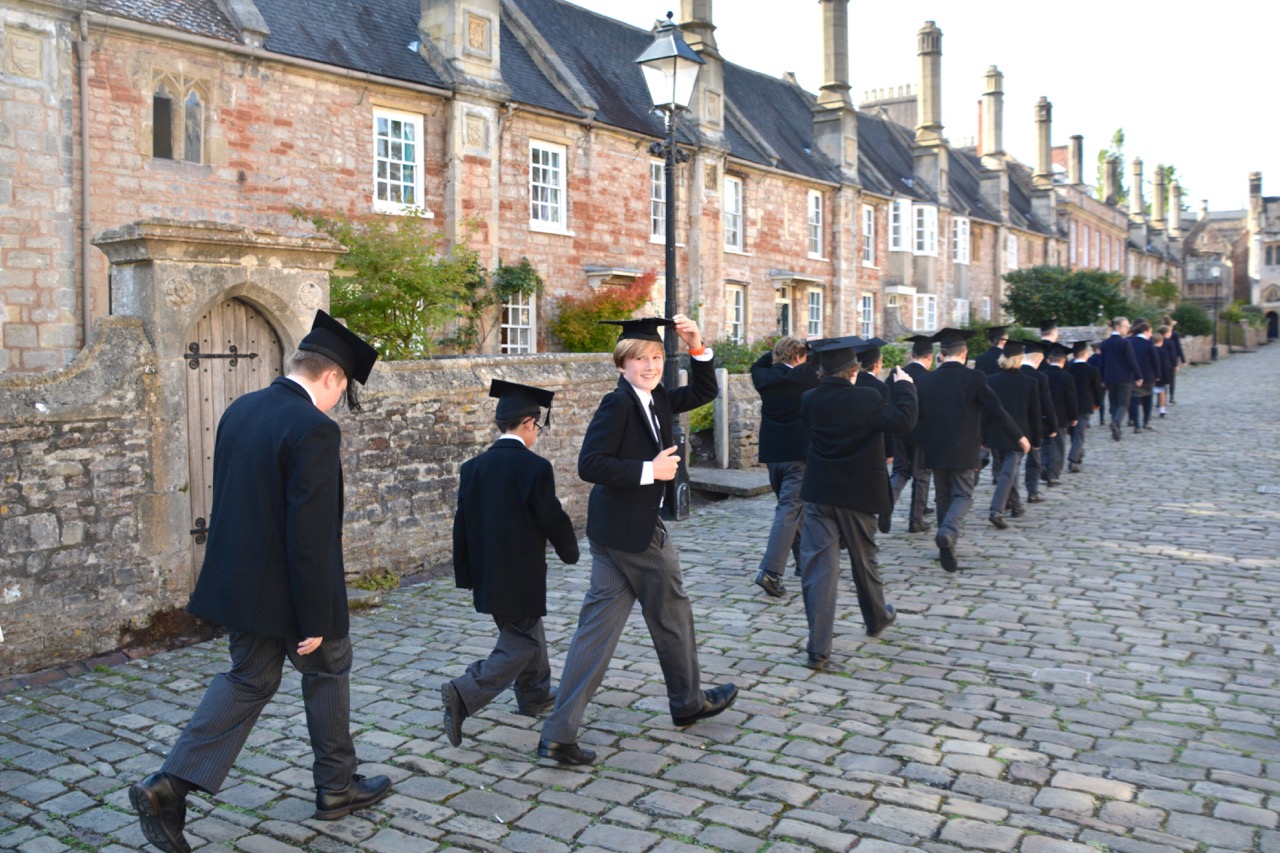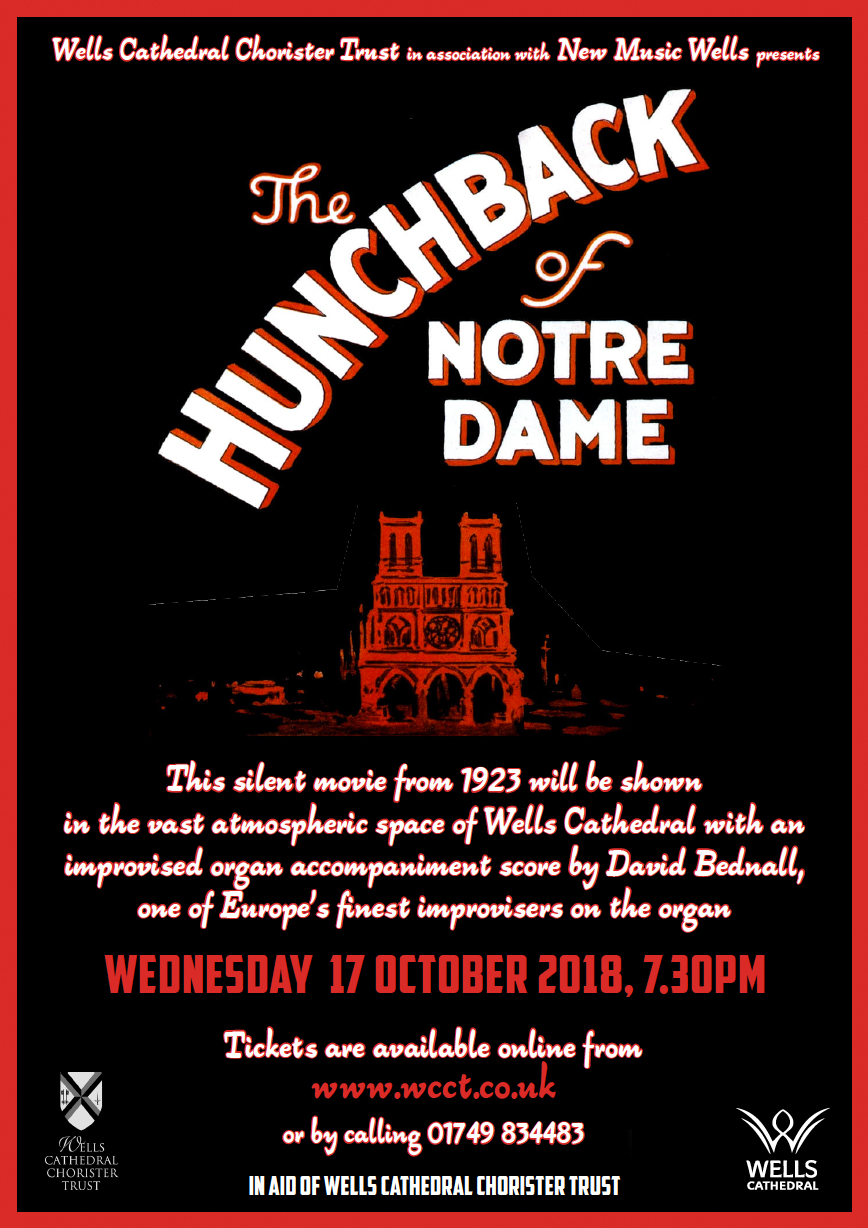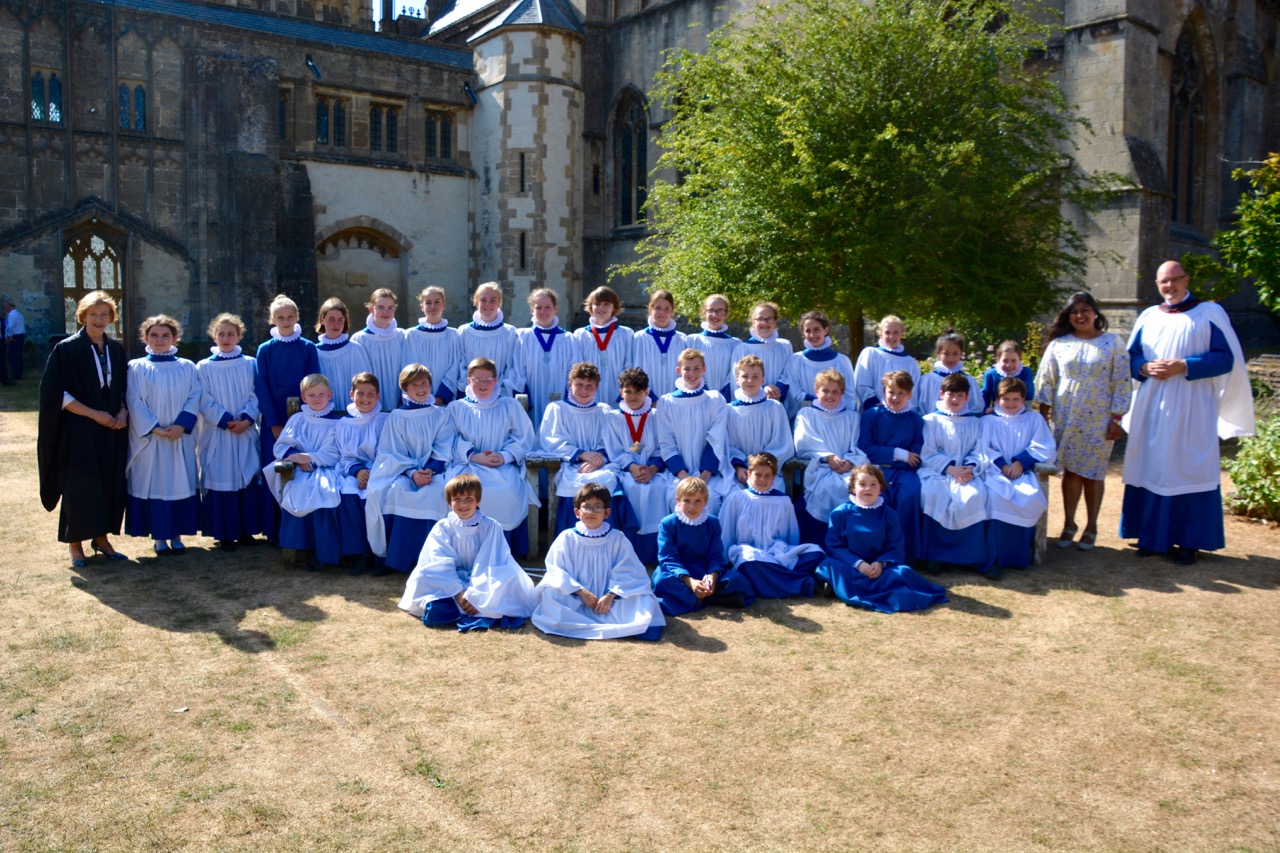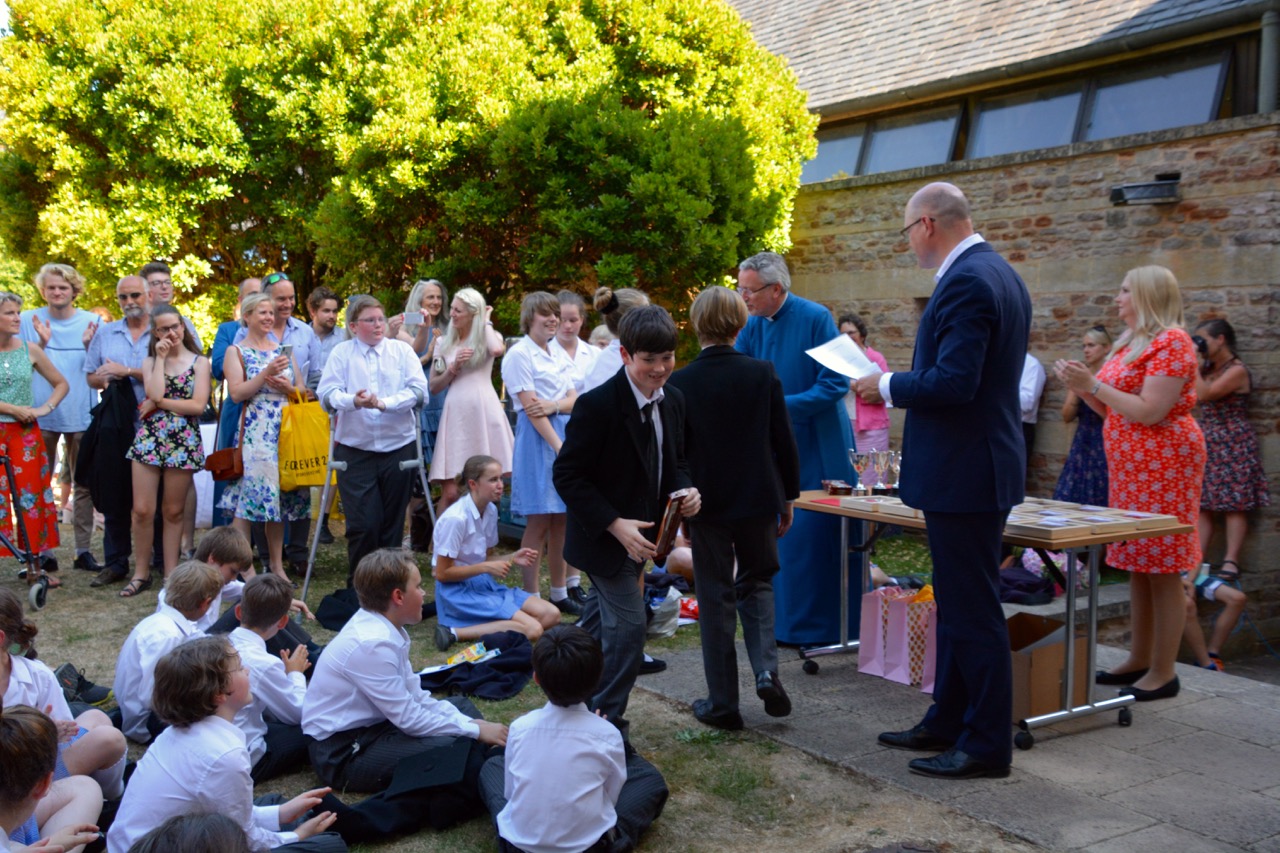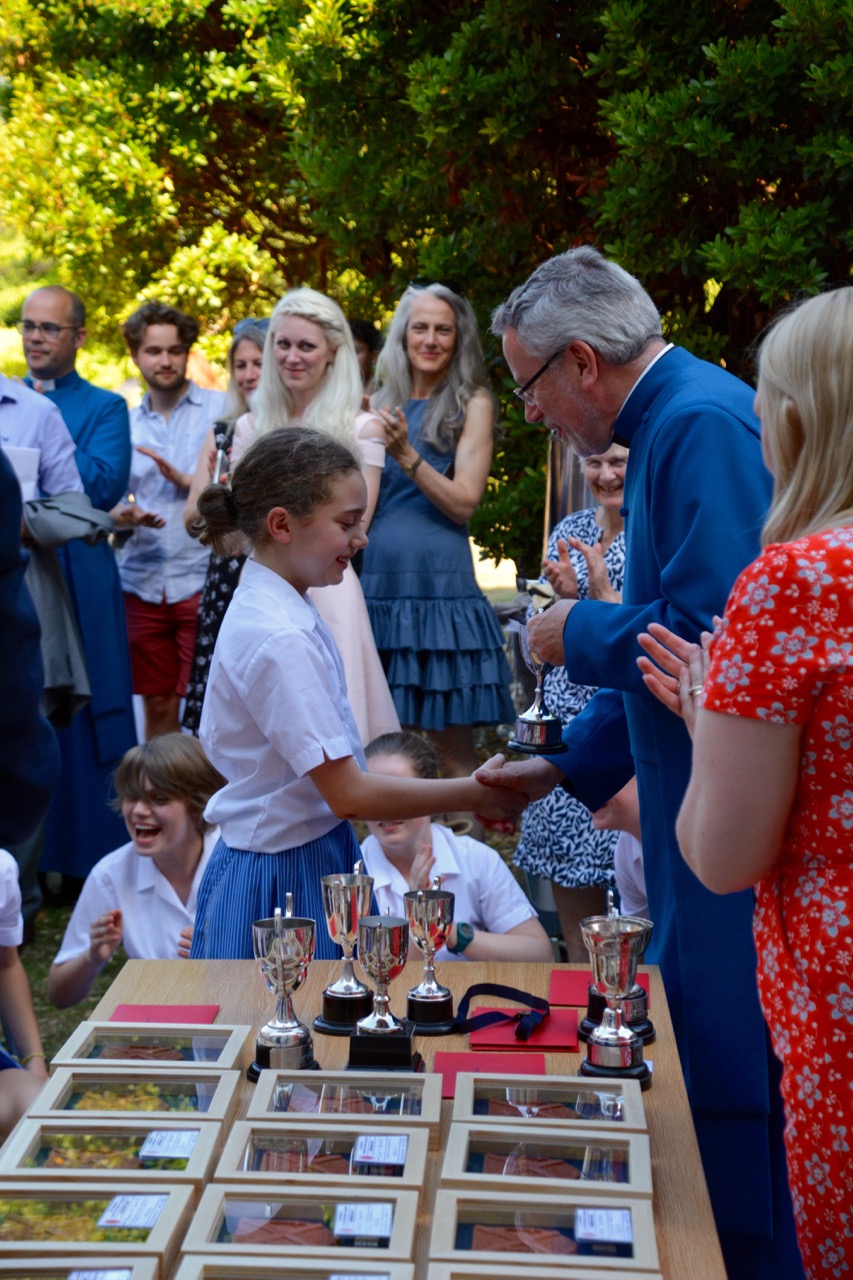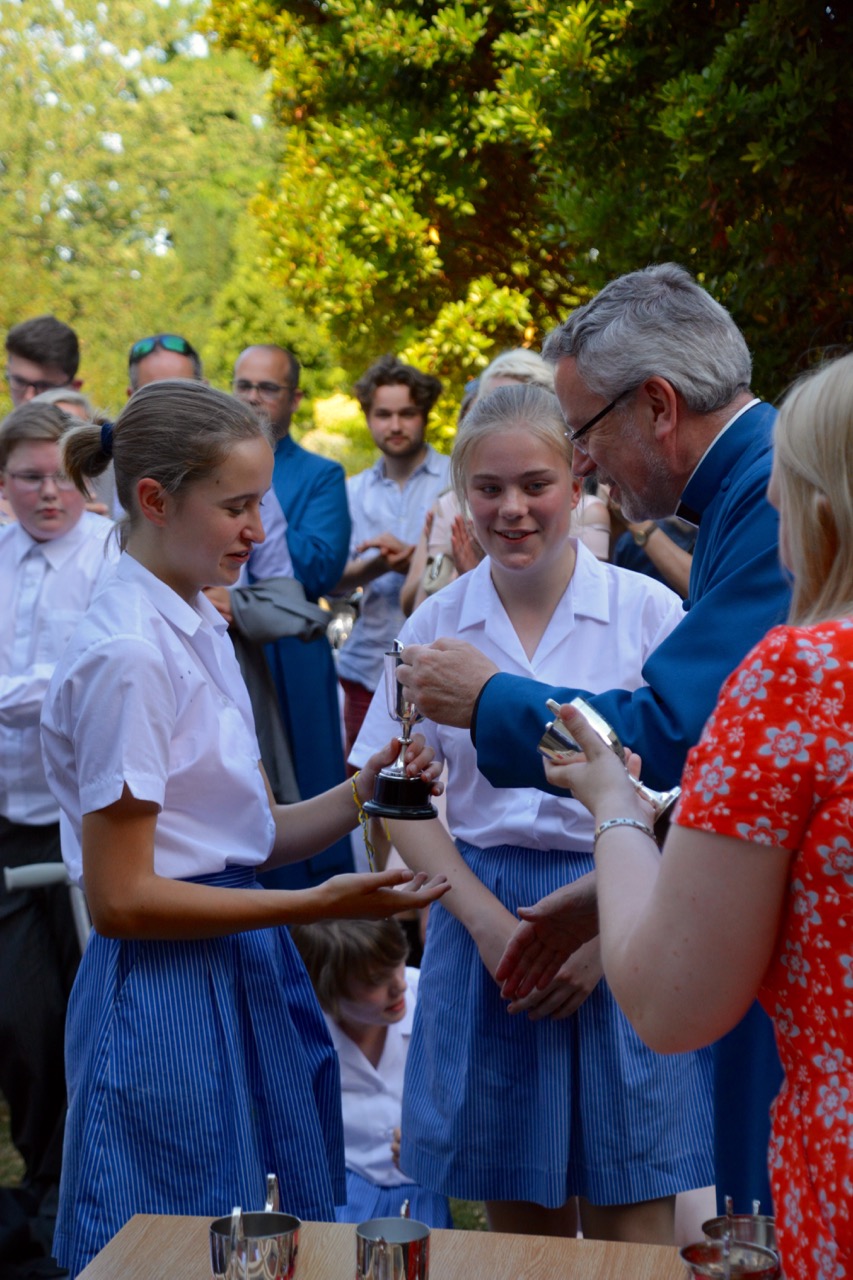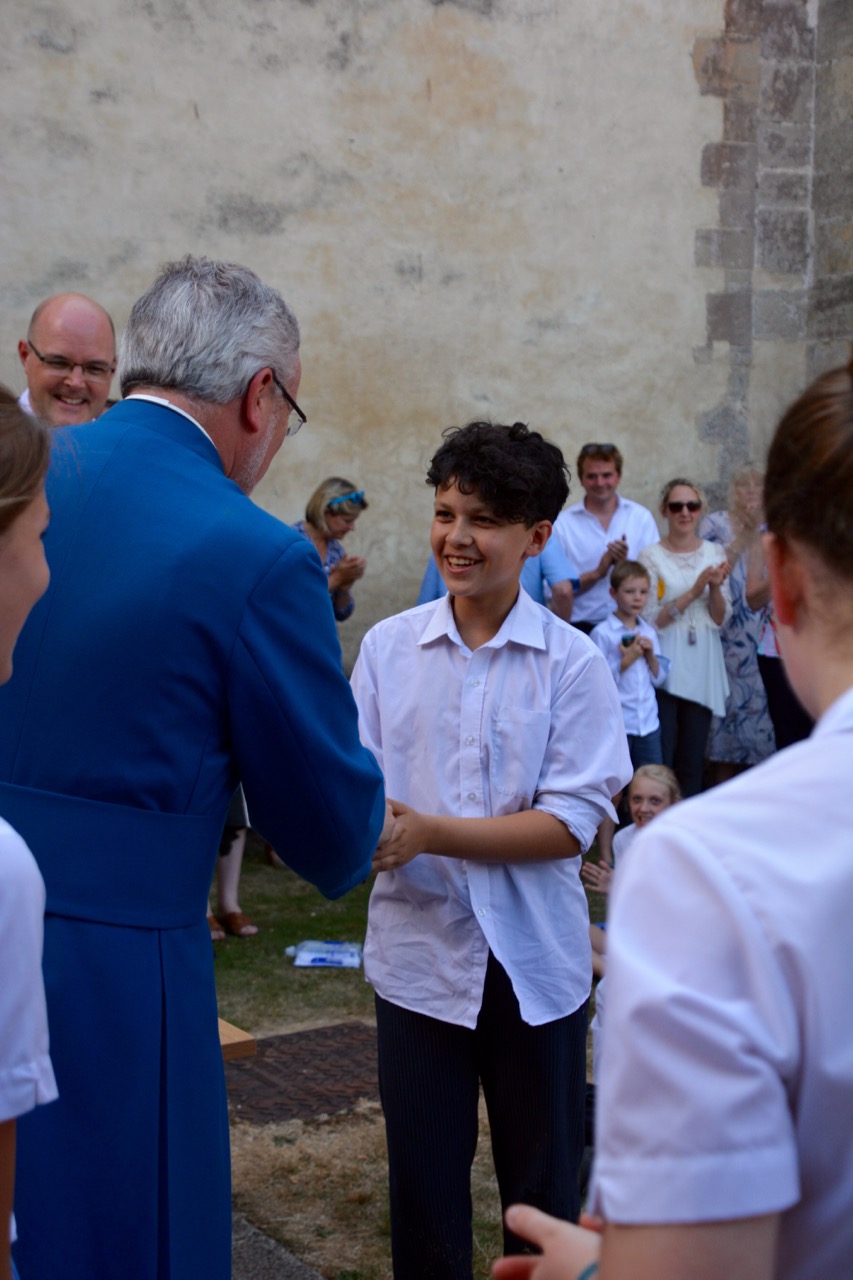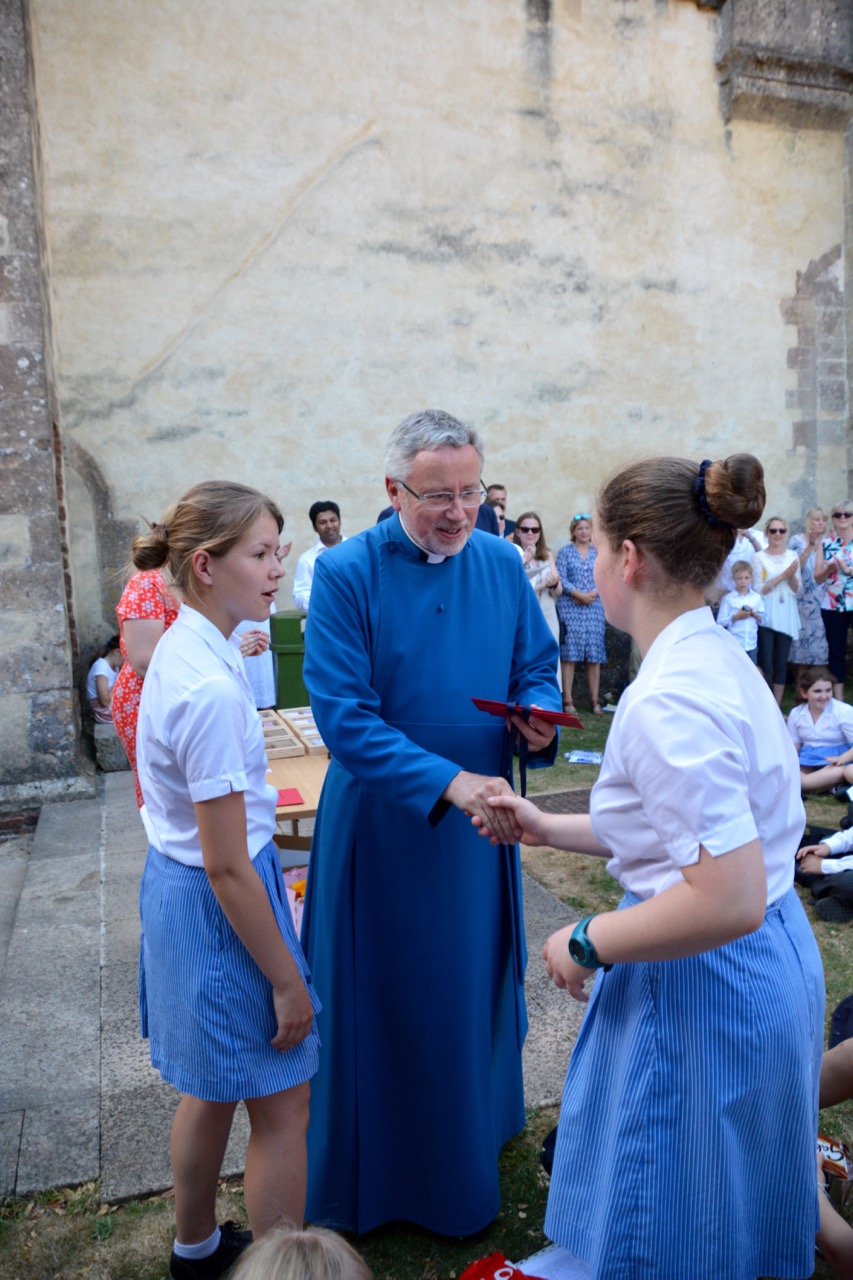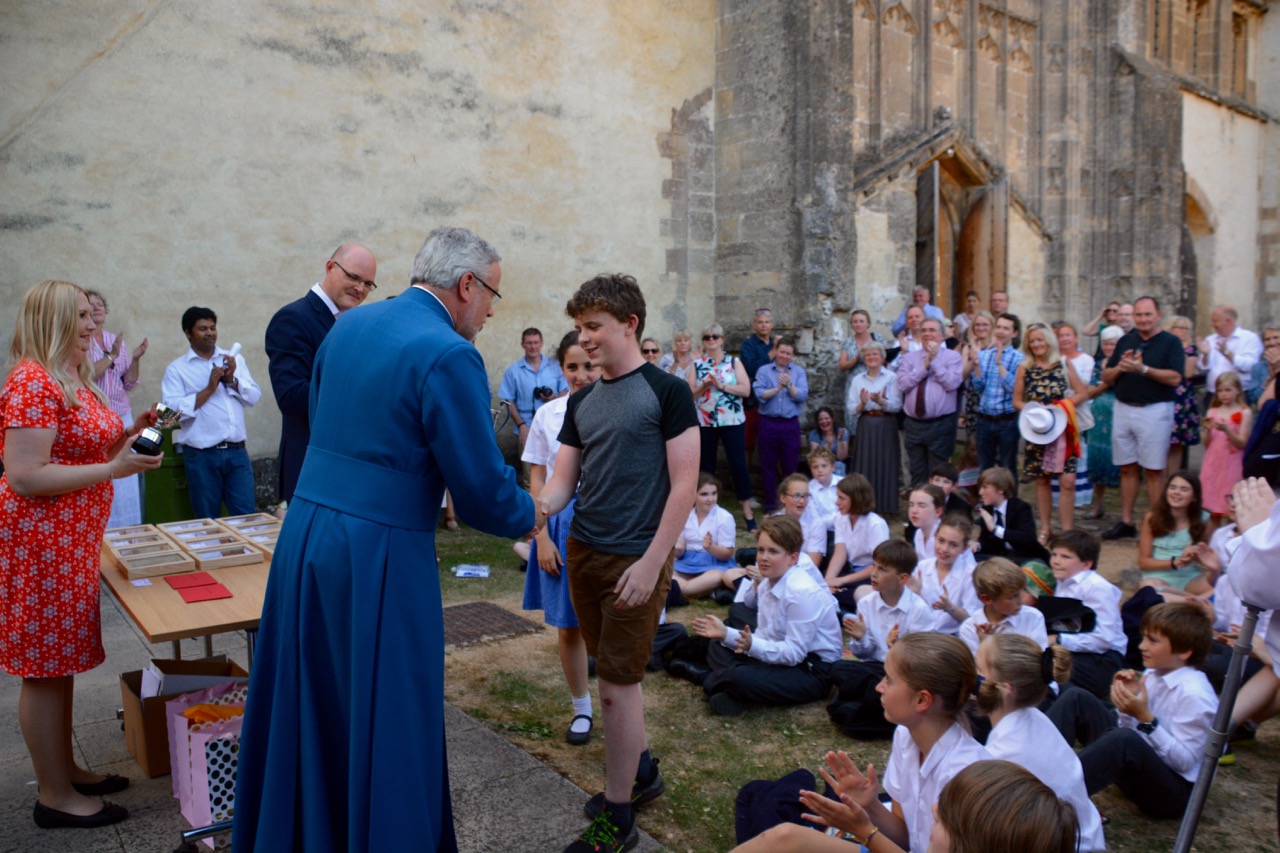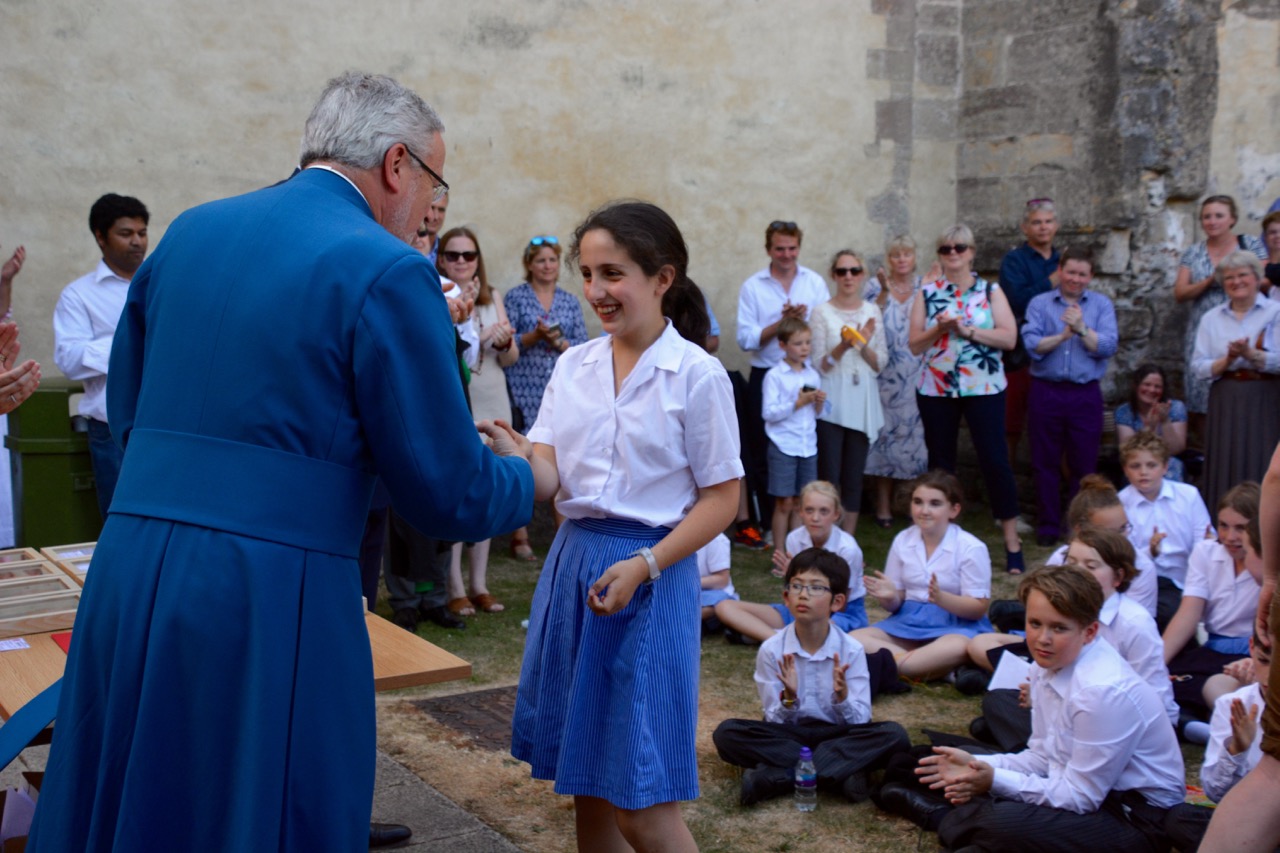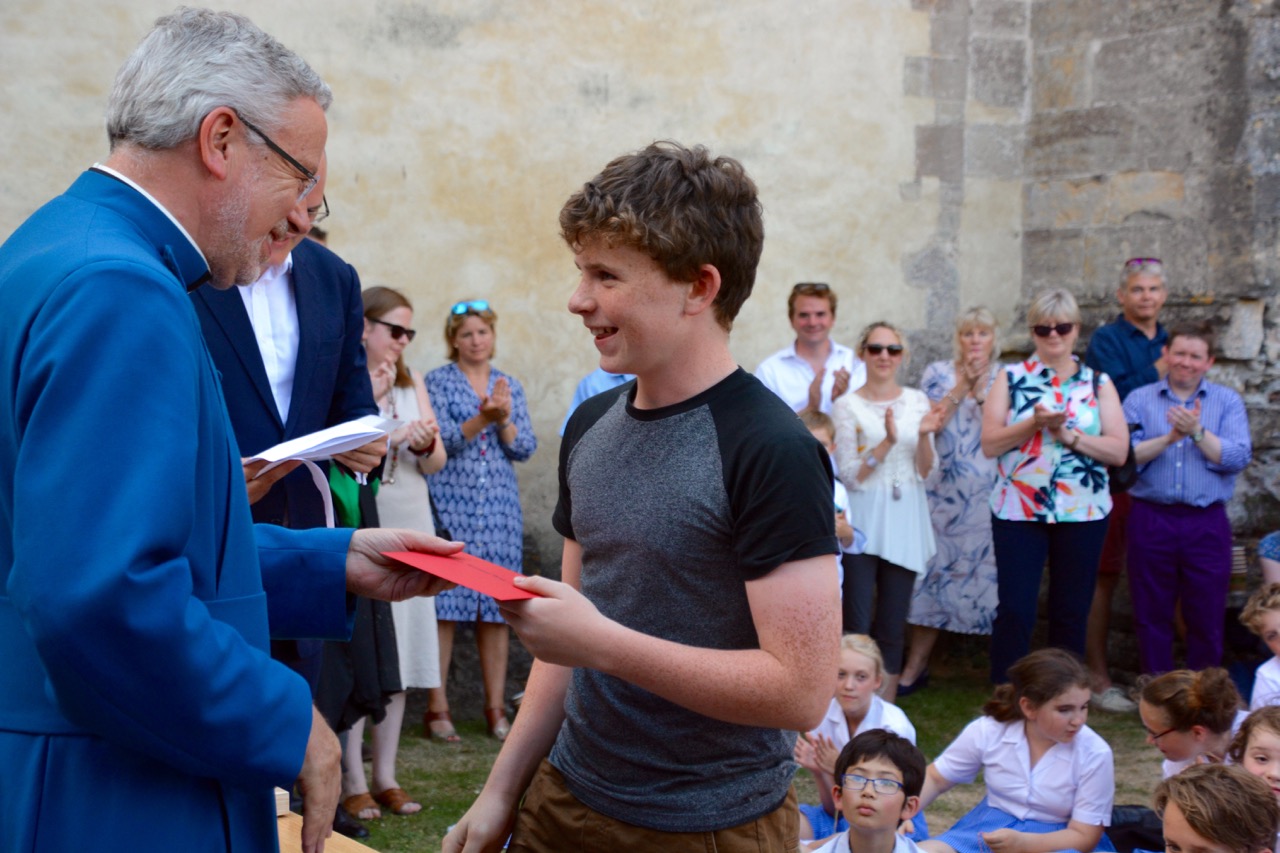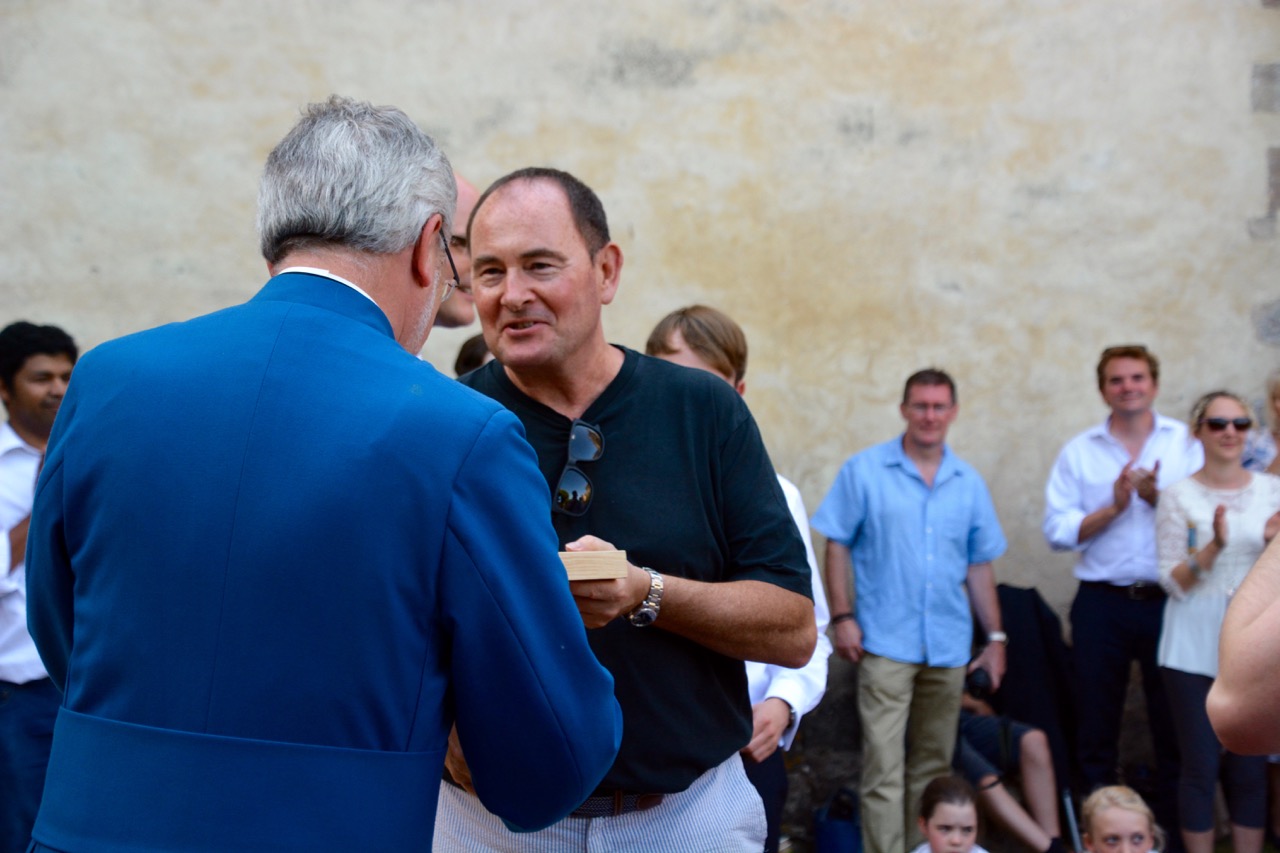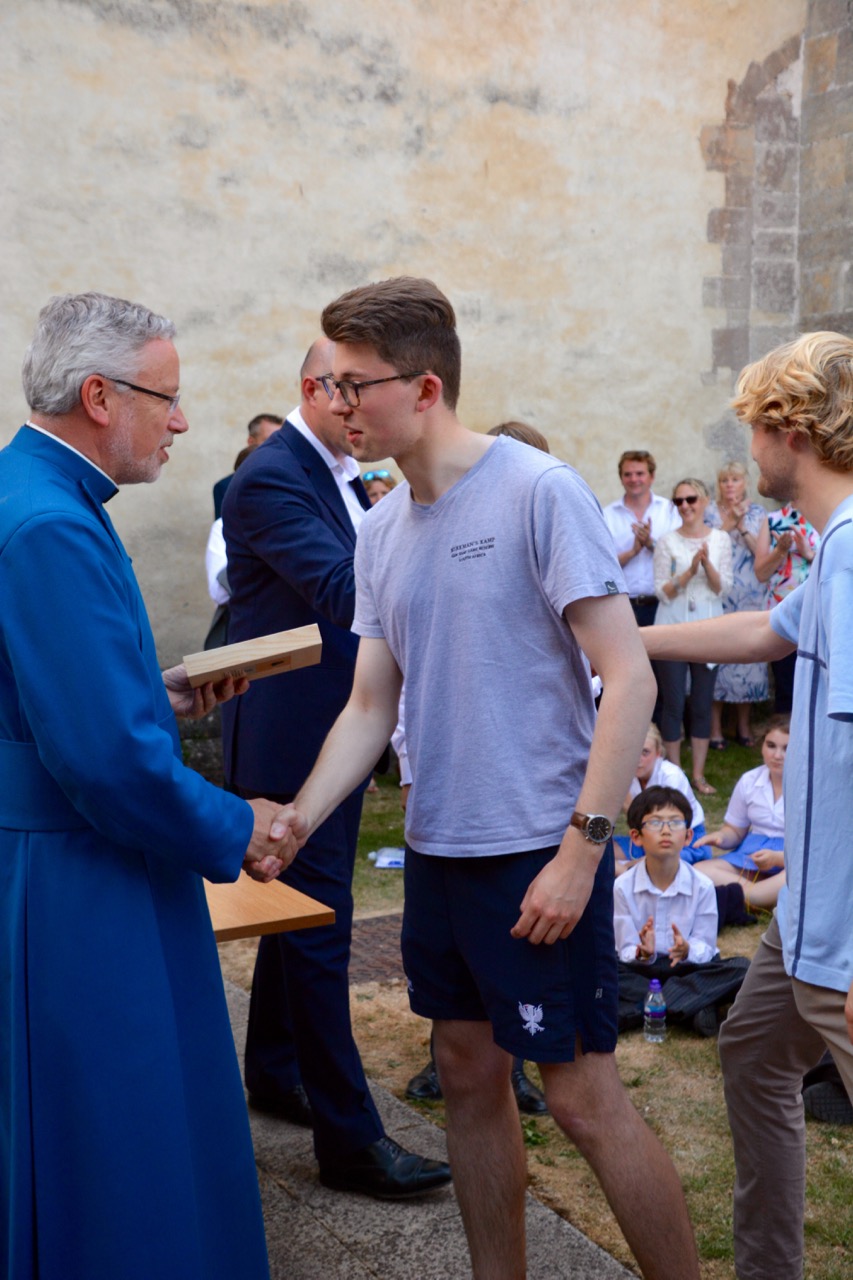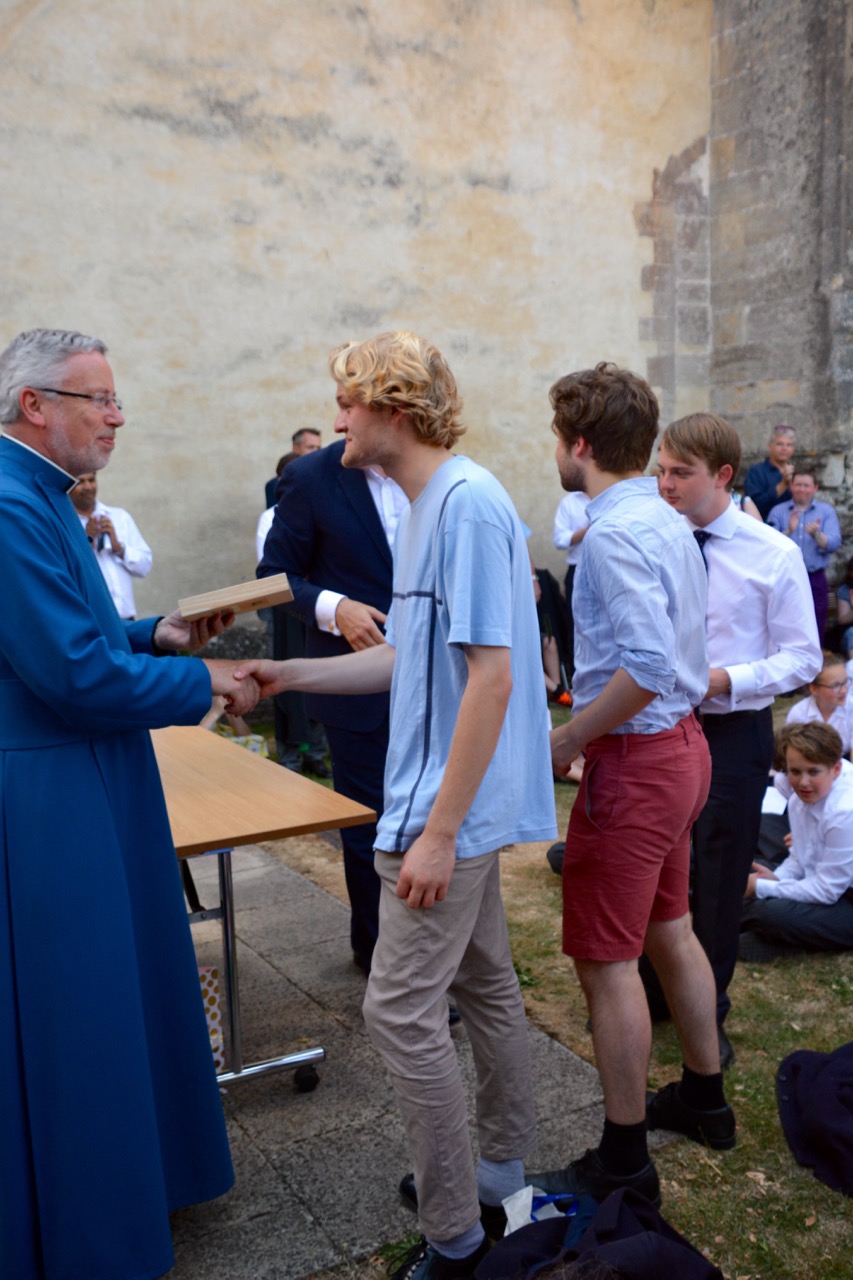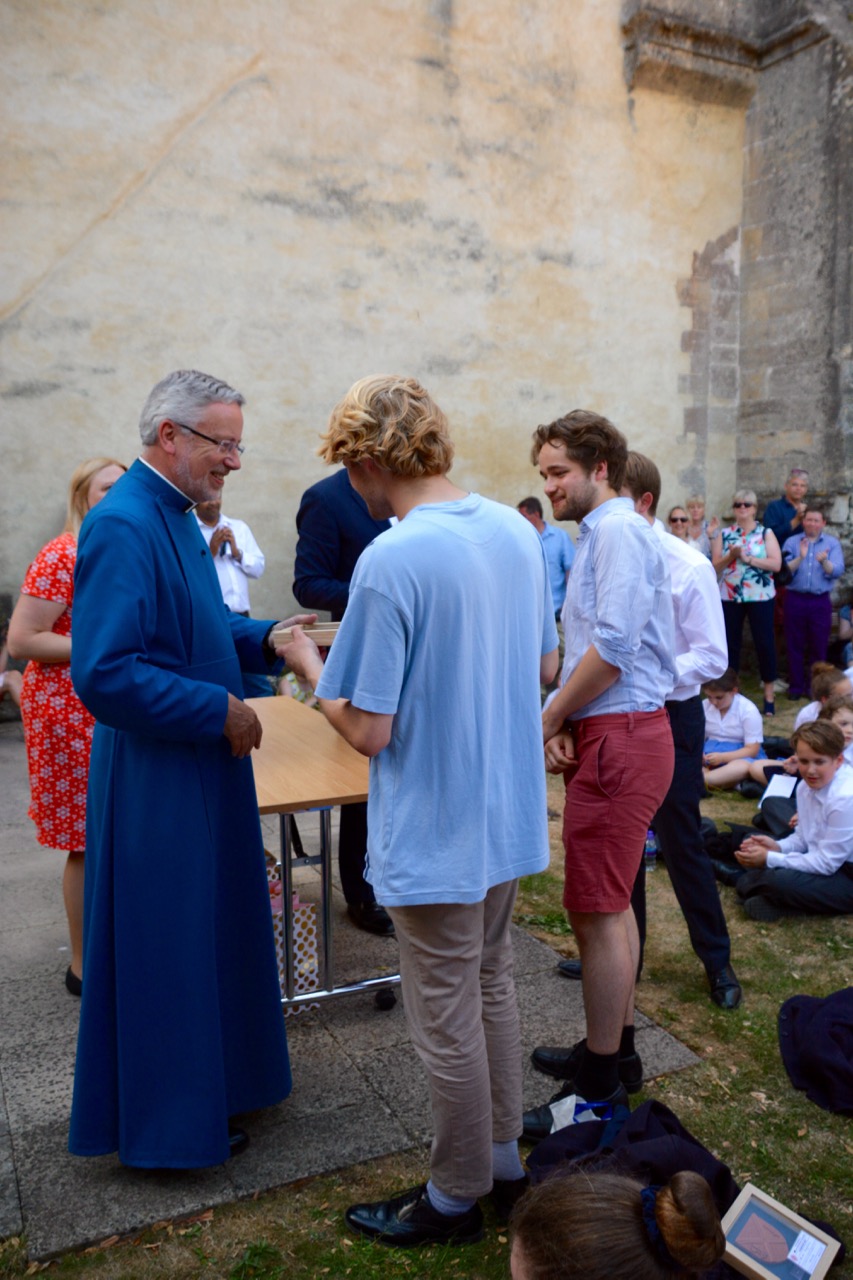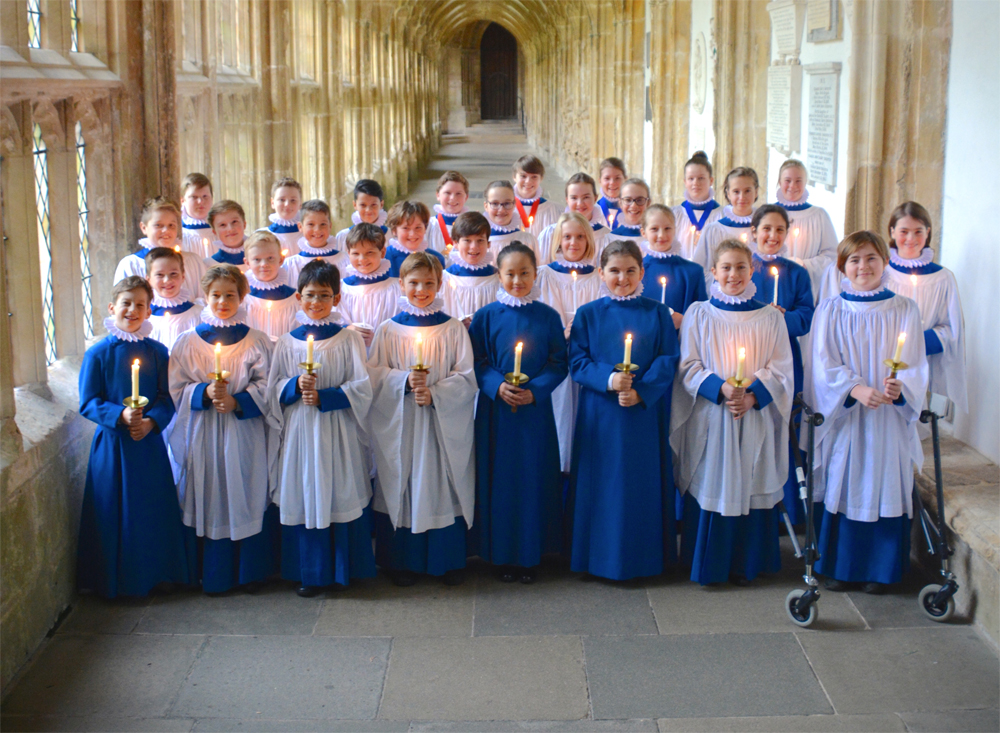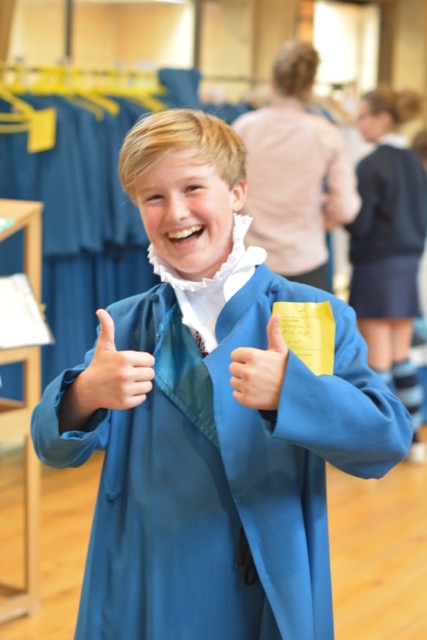Matthew Owens, Organist and Master of the Choristers, writes:
Congratulations on a wonderful year for the cathedral choir. I would like to thank, once again, those who have completed their time in the Music Foundation for their commitment, dedication, hard work, and magnificent music making in service to the worship of the Cathedral: Choristers Bailey, Xavier, Taylor, Harriet, Mimi Beth, Jessica, and Sophie; Junior Organ Scholar Nicholas Tall; Choral Scholars Mr Oliver Chubb, Mr Harry Guthrie, and Mr Finn Lacey; Senior Organ Scholar Mr Joshua Stephens, and Countertenor Vicar Choral Mr Tim Wilson. We also say thank you to Raphael and Eliza, who are leaving us at this point. We wish them all the very best for the future.
Many congratulations to Ross on becoming Head Boy Chorister; Tom on becoming Deputy Head Boy Chorister; Erin on becoming Head Girl Chorister; and Madeline on becoming Deputy Head Girl Chorister. They will make an excellent leadership team for the choristers.
The following probationer choristers are to receive their surplice at the first Evensong of the new academic year: Woody, Charlie, Gabriel, William, and Amelia.
Congratulations to the following boys and girls for winning the plus point competition for the Trinity Term: George (Junior Boy Chorister); Alexei and Ross(Senior Boy Choristers); Amelia (Junior Girl Chorister); Jessica and Harriet (Senior Girl Choristers).
Finally, the Dean often talks about how important it is for the Cathedral to connect locally, nationally, and internationally. It seems to me that the Cathedral Choir is one of the very best ways of doing this. It connects with people every week during term time in singing nine services to regular members of the congregation, visitors, tourists, and pilgrims. During the Whitsun and Trinity terms it also connected with former choristers (some travelling from the USA) in the annual Wells Cathedral Choir Association Evensong; it connected with the Diocese through one of its regular Evensong visits (this term to St James, Winscombe) and through the annual Diocesan Choral Association Festival; it connected with the world of contemporary music through seven world premieres of works by Stuart Beer (Tu es Petrus), Washington DC-based composer, Gary Davison (Grant, O Lord, we beseech thee), Barnaby Martin (Fauxbourdon Service), New York-based composer, Thea Musgrave CBE (Missa Brevis, and Collect for the Birth of John the Baptist), Robin Walker (Mine Eyes for Beauty pine), and Paul Whitmarsh (The Call); it connected with people – including via reviews in the music press – through the release of its latest CD of works by Gary Davison; and it connected with people across the world during its broadcast of Evensong to well over a quarter of a million people on BBC Radio 3, in the final week of term.
These connections do not happen automatically. They all come about through hard work, teamwork, and dedication. As I mentioned on the final day, when thanking everyone, the most recent Gramophone review described Wells Cathedral Choir as “a crack team” – and it is. But it is not for show and, therefore, one of the nicest compliments after the BBC Radio 3 broadcast was from the Producer, The Reverend Canon Stephen Shipley, who commented that the choir sang with so much conviction and depth, and that it was liturgy combined with music at its best. We strive every day to achieve our best, and will continue to do so. And so my thanks to everyone who has played their part in this last academic year in order to help this happen.
